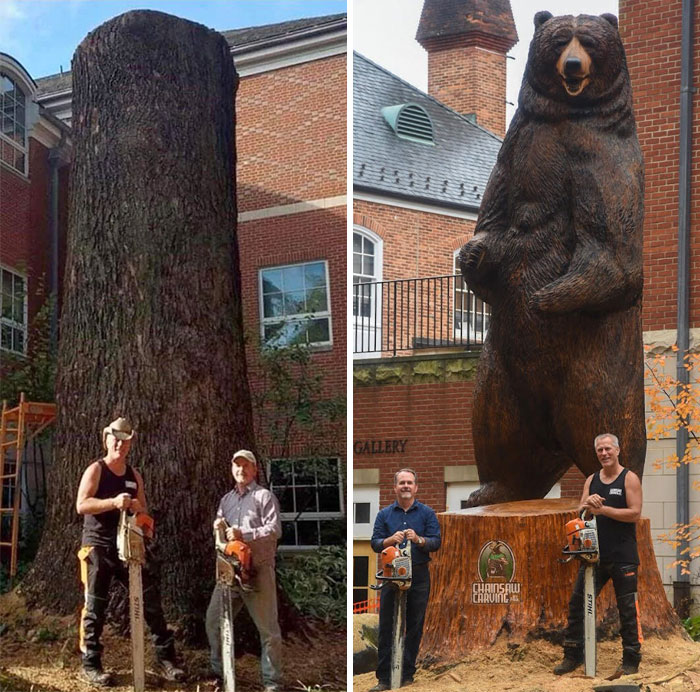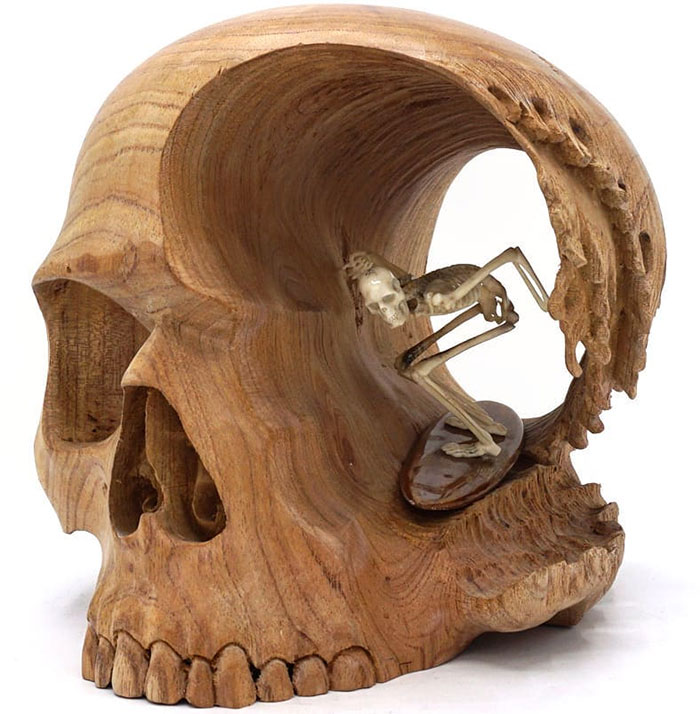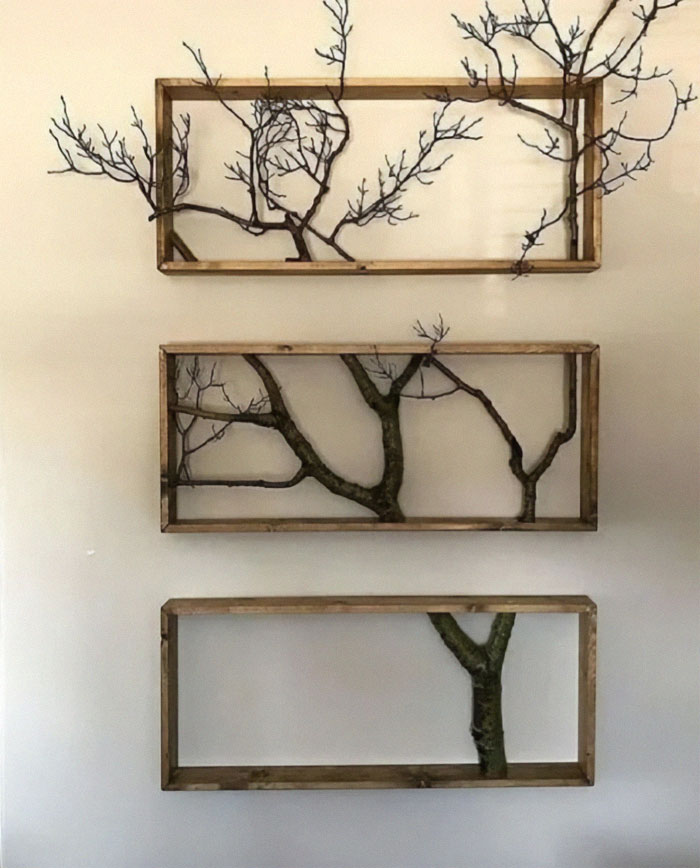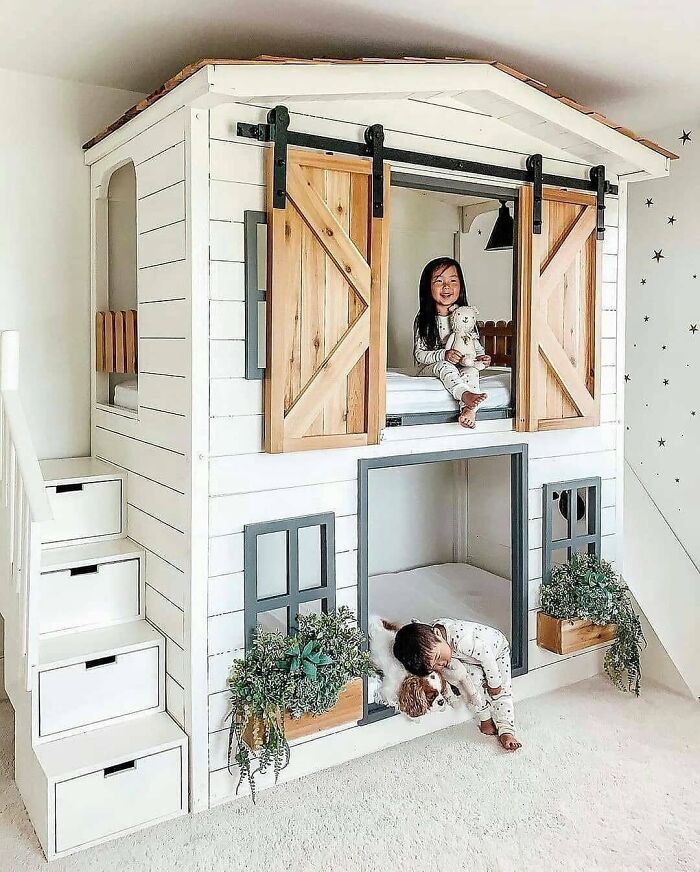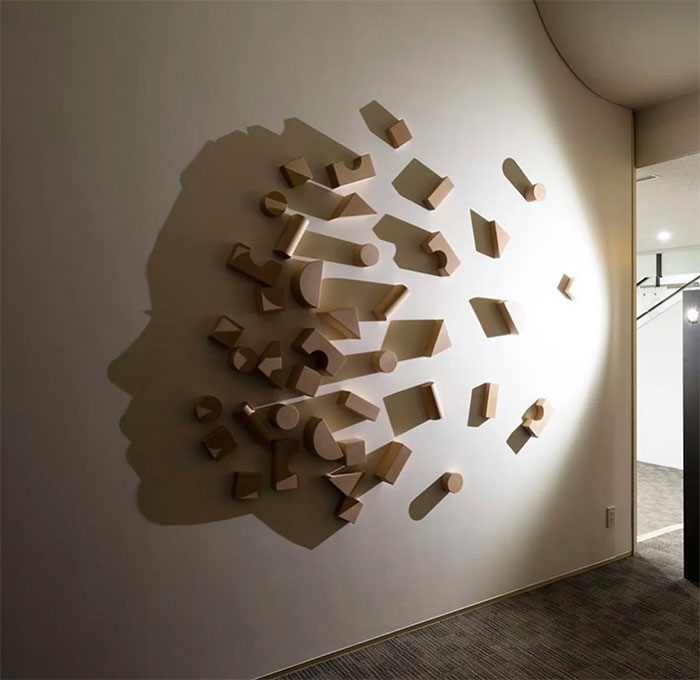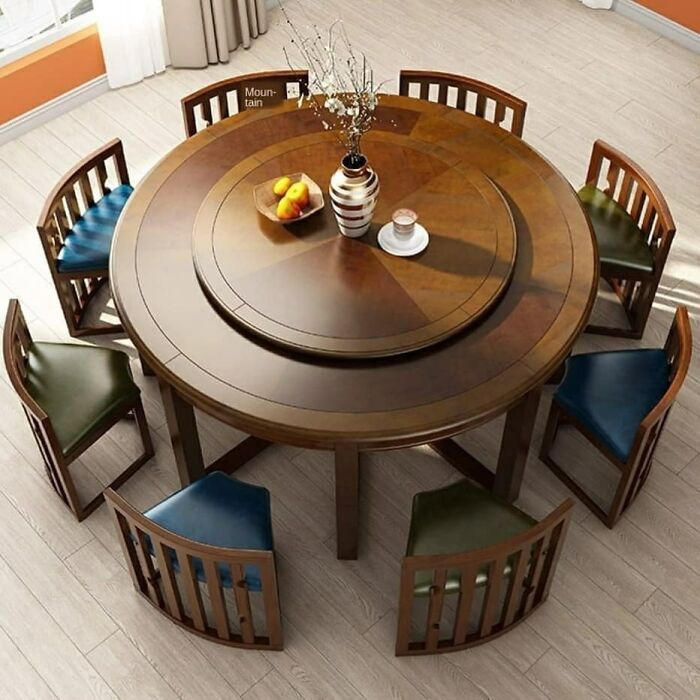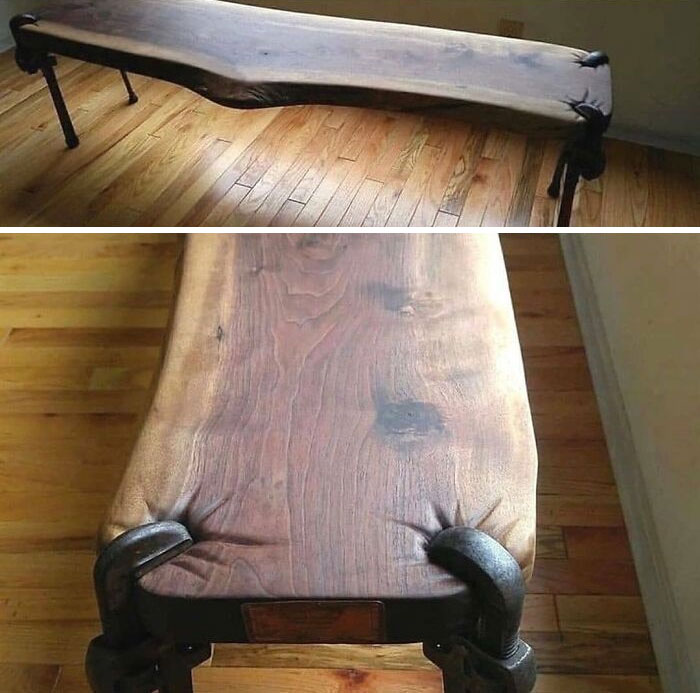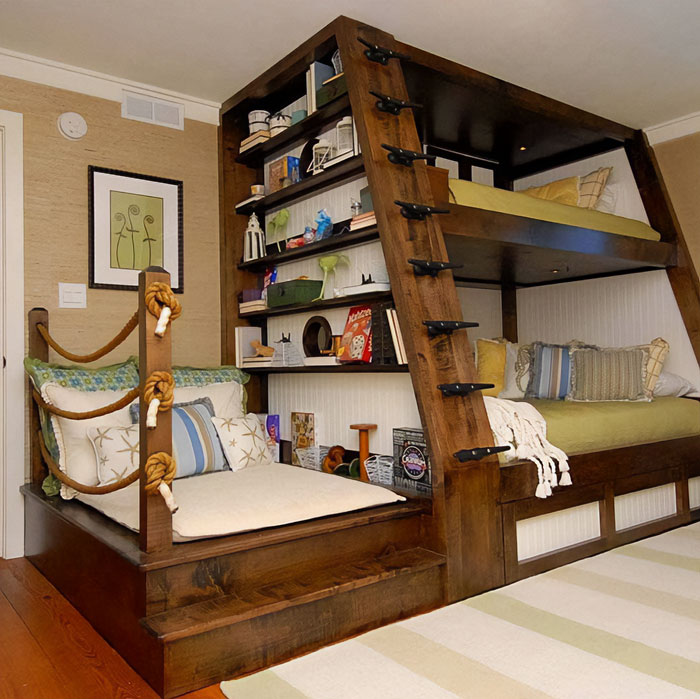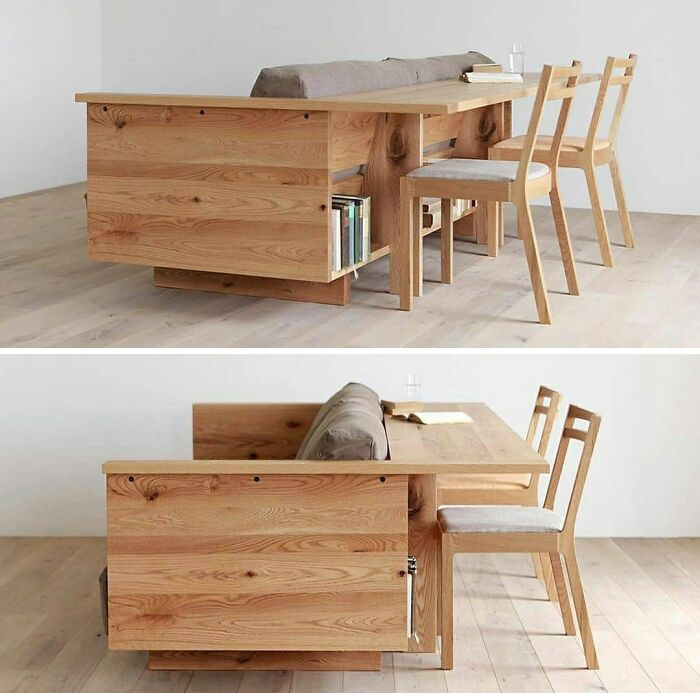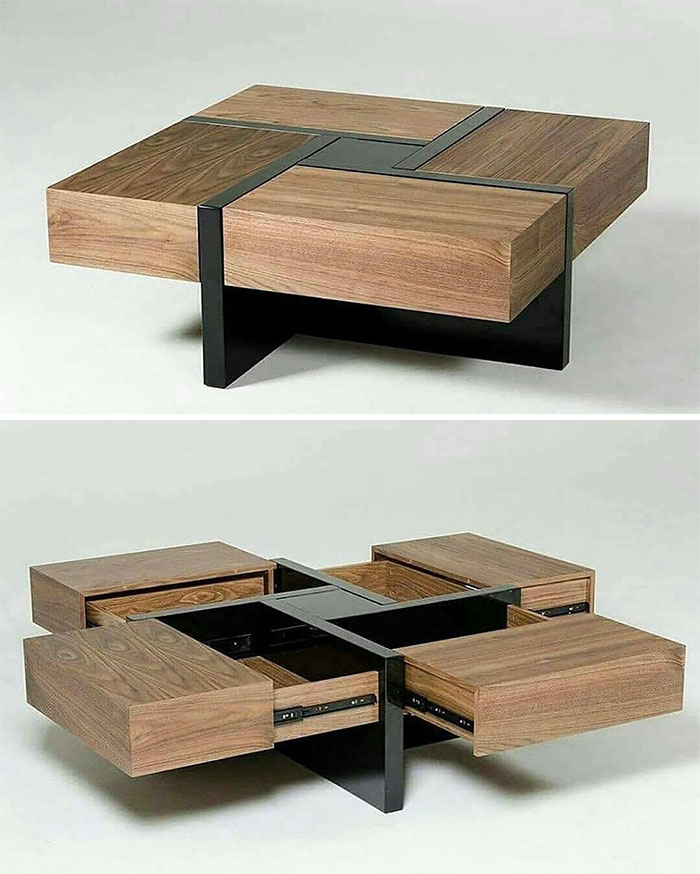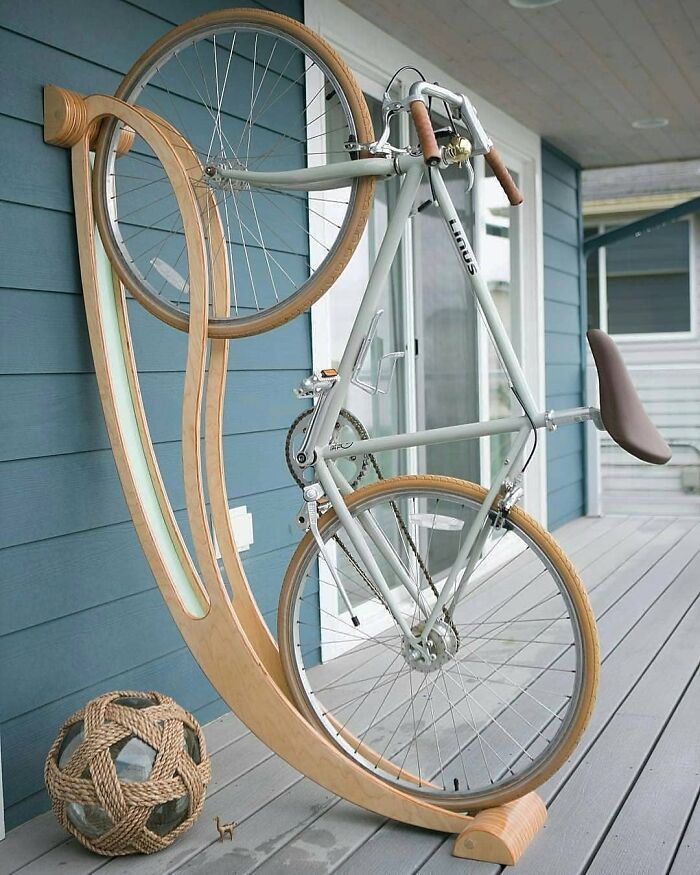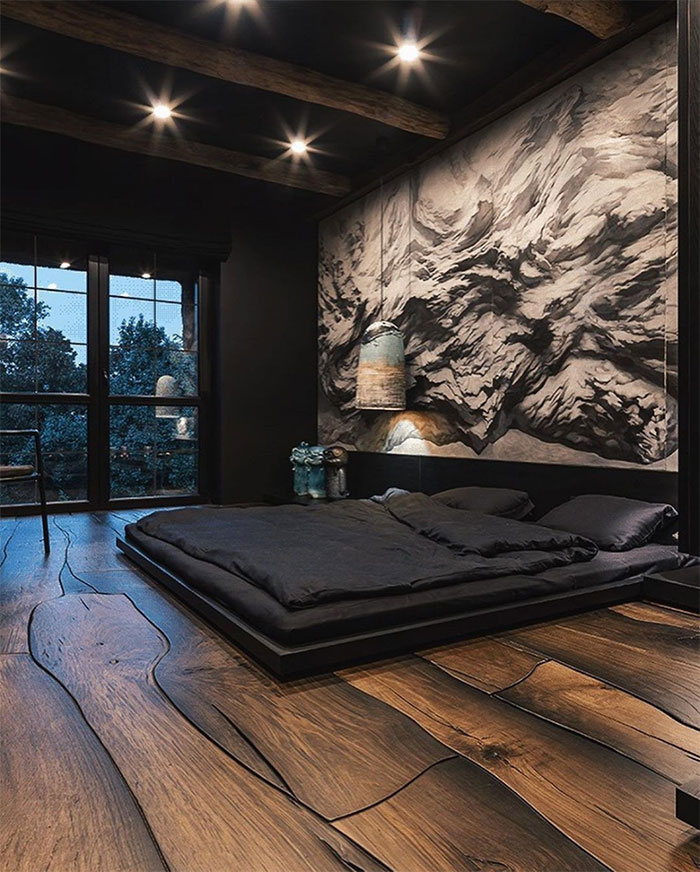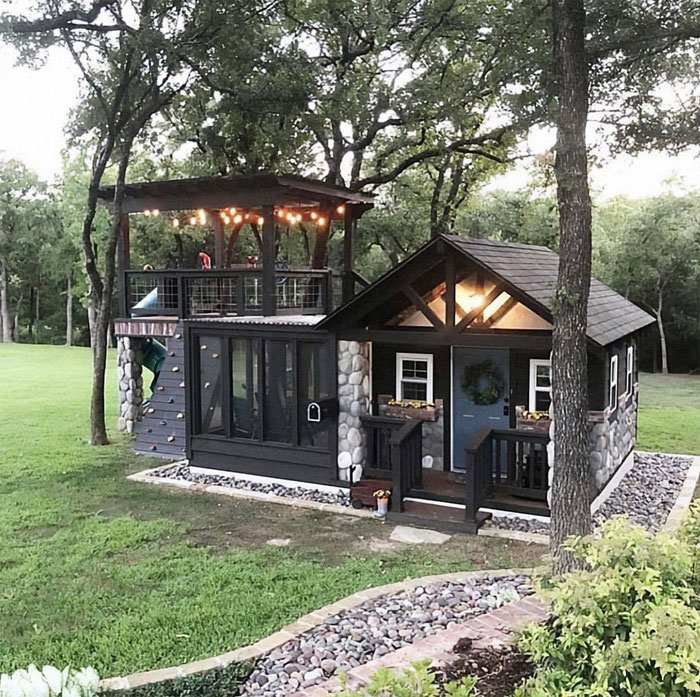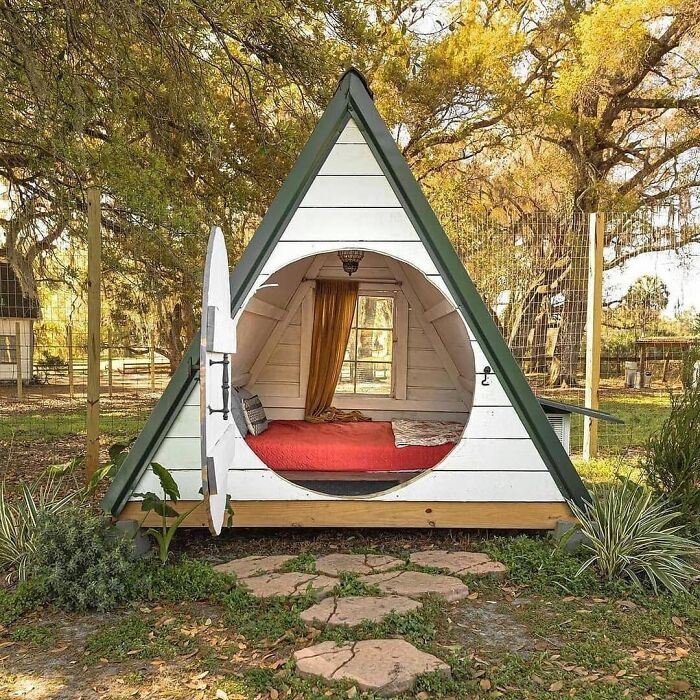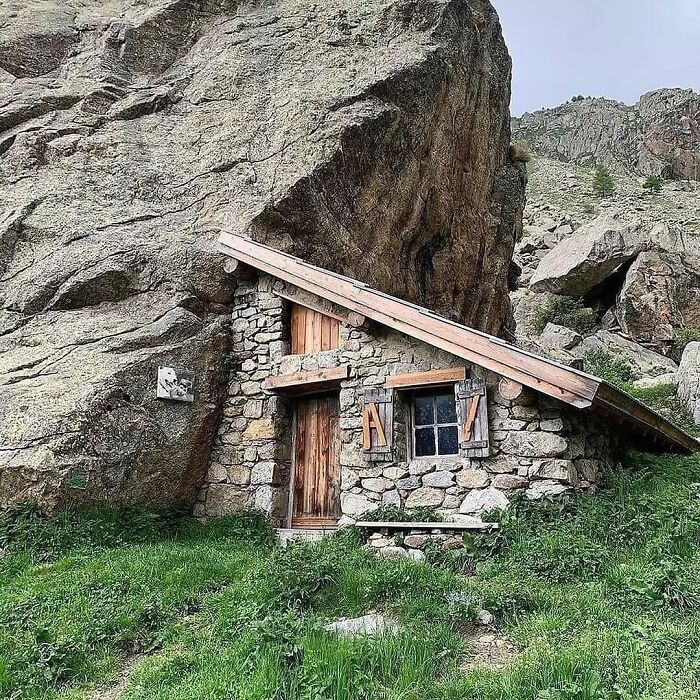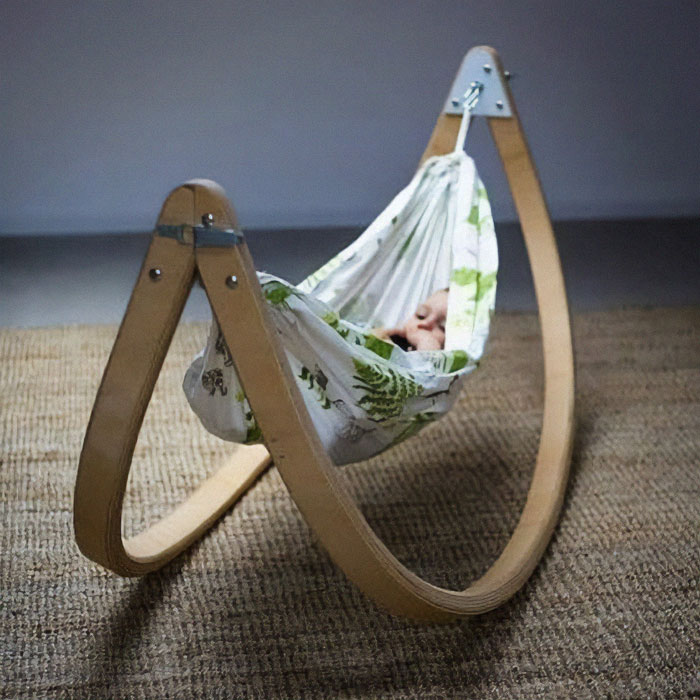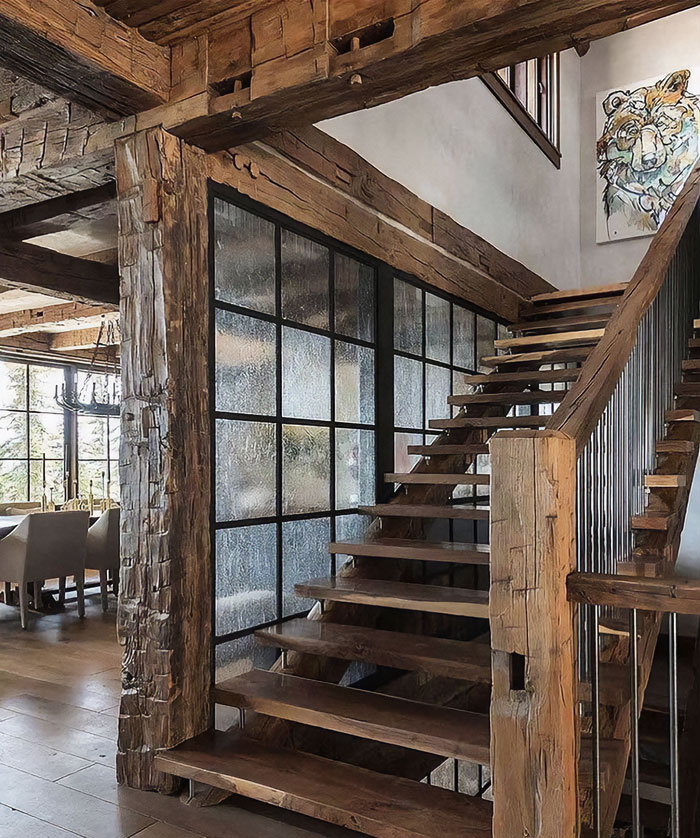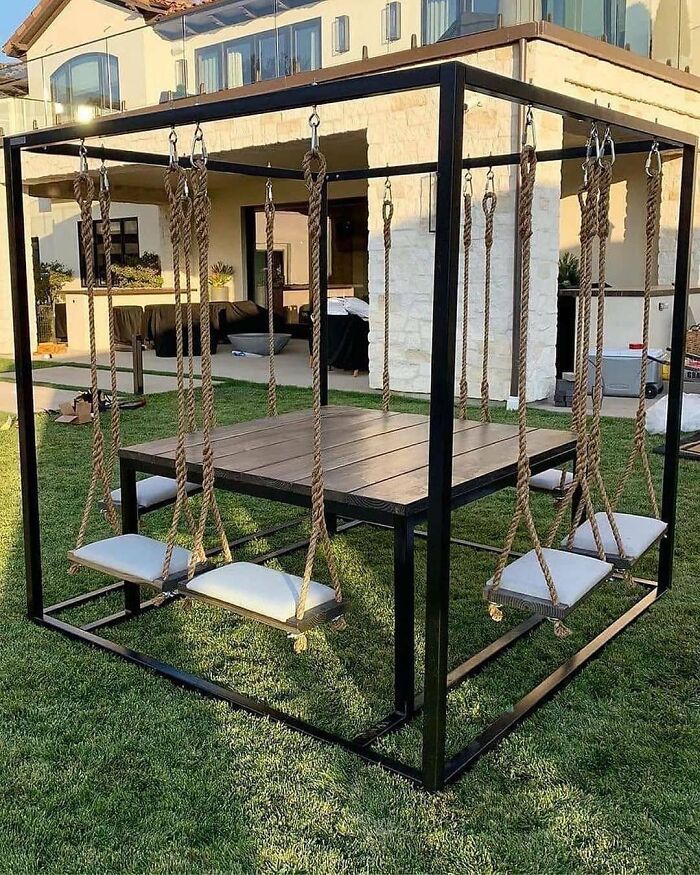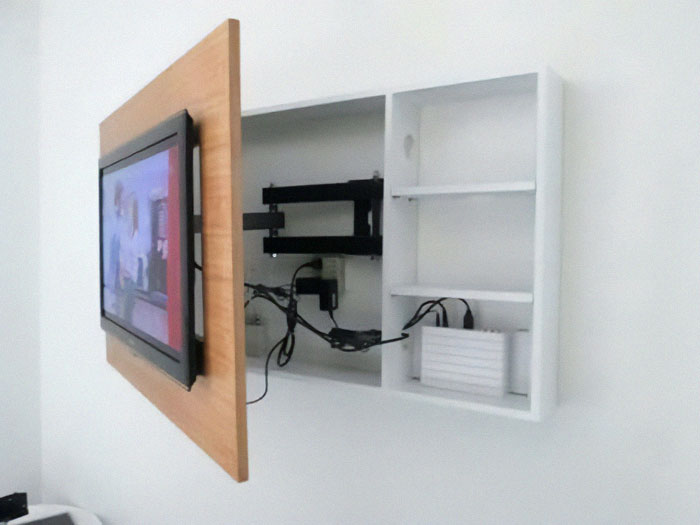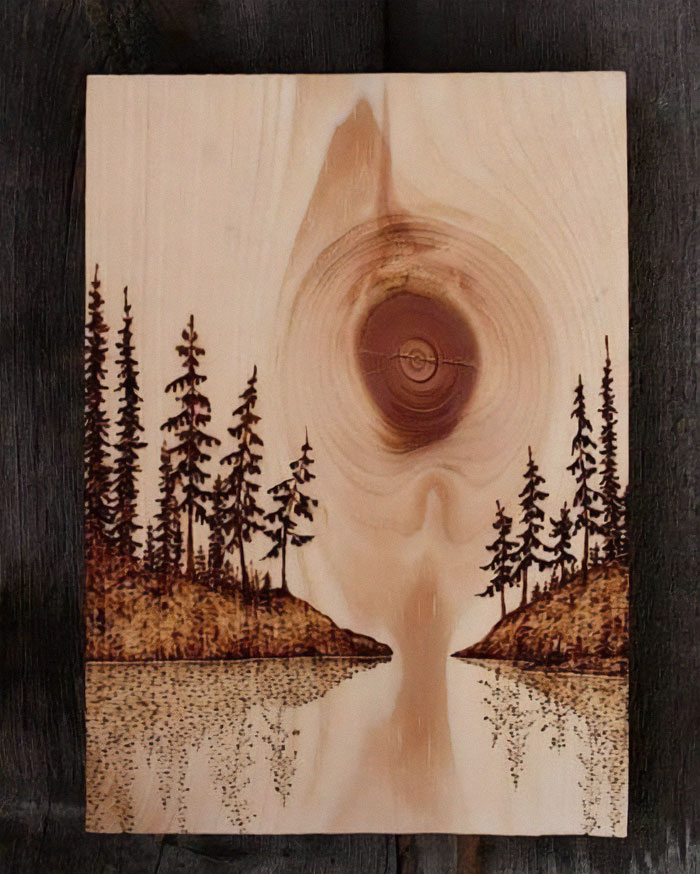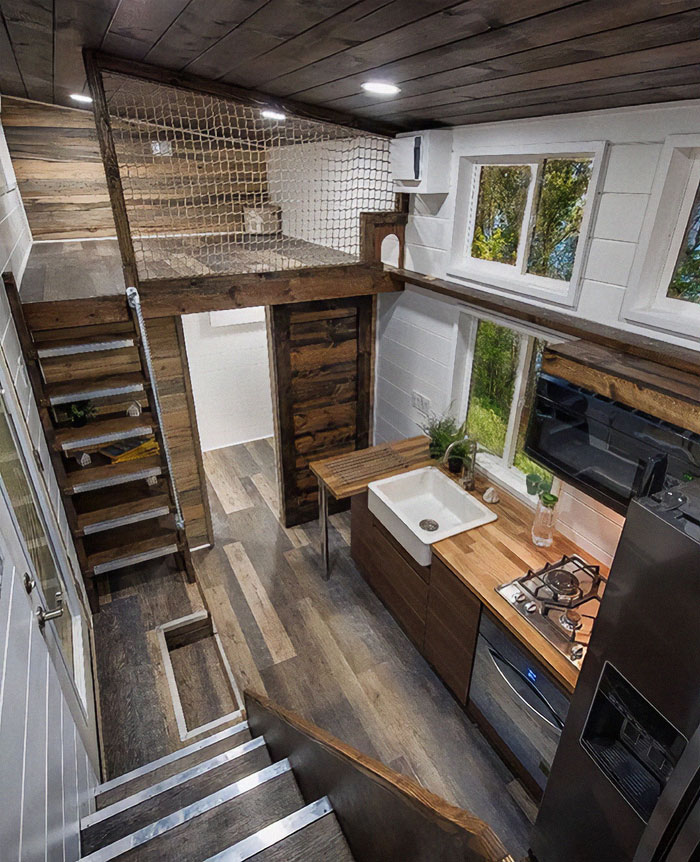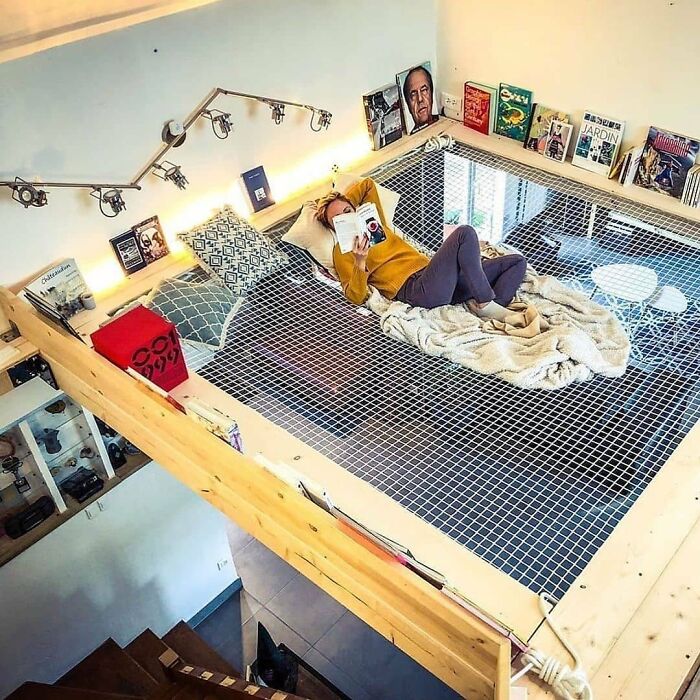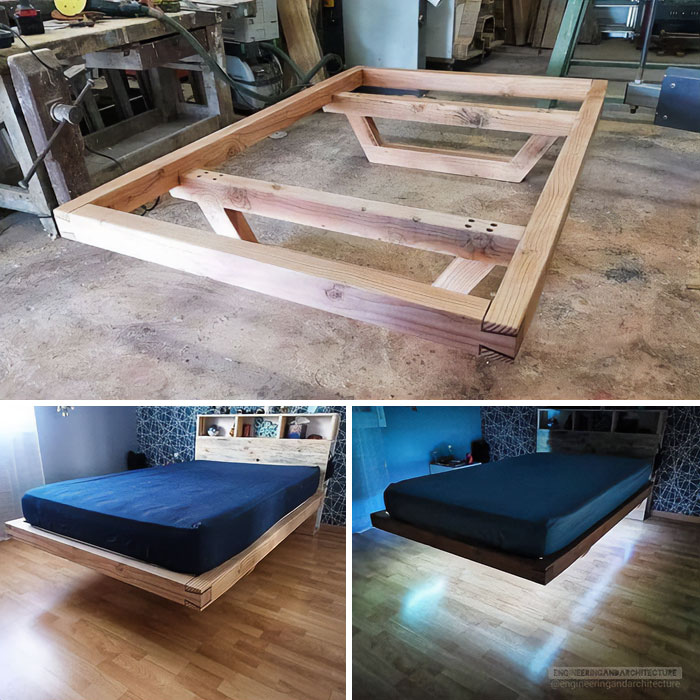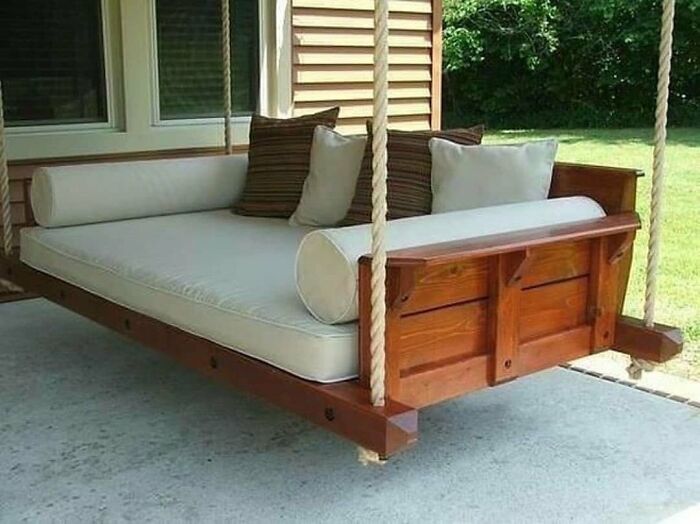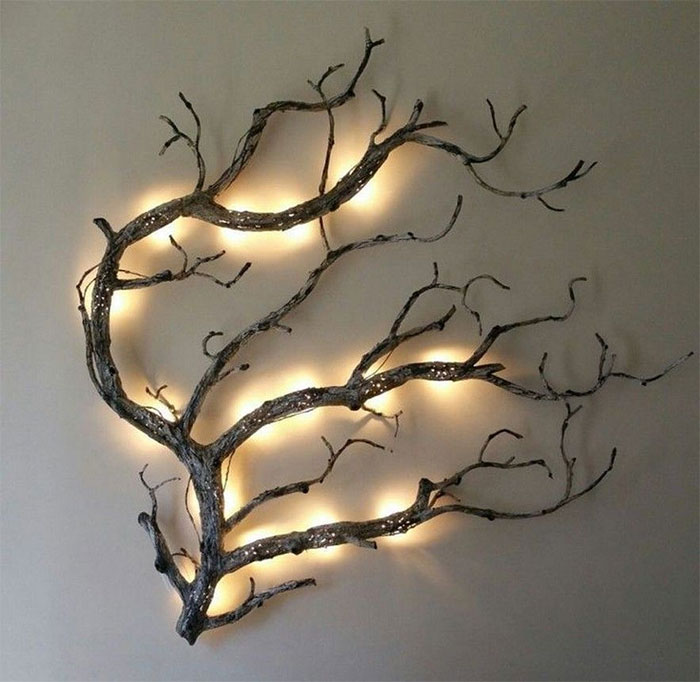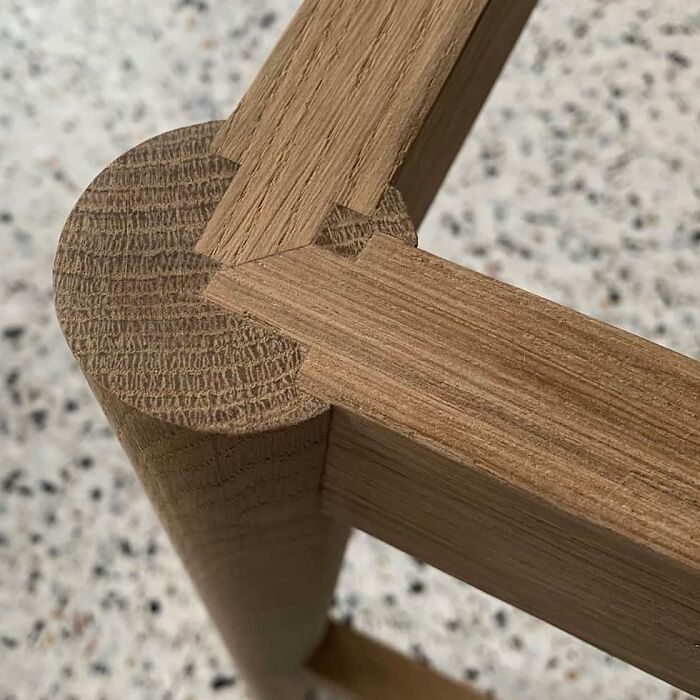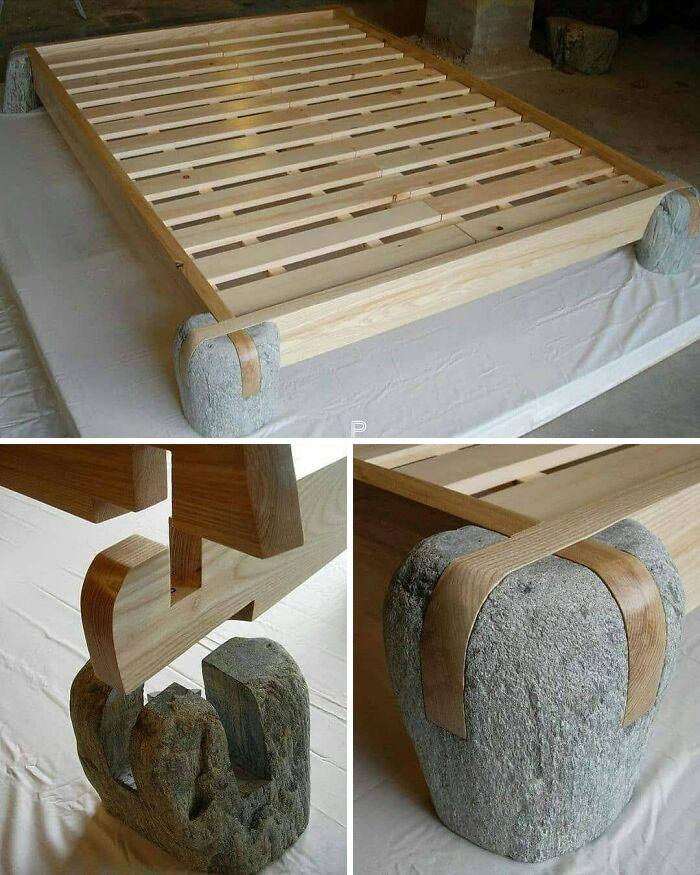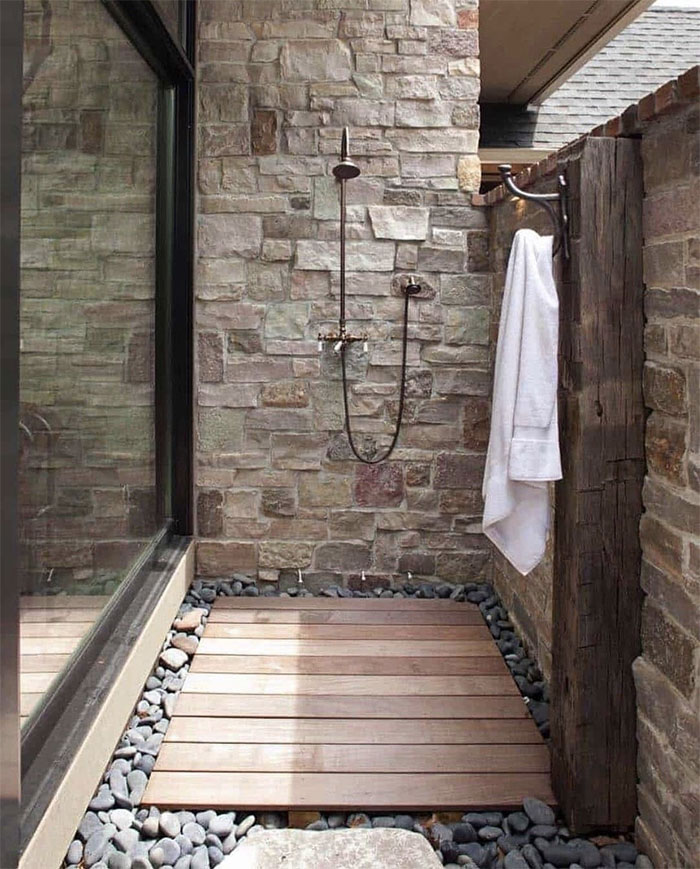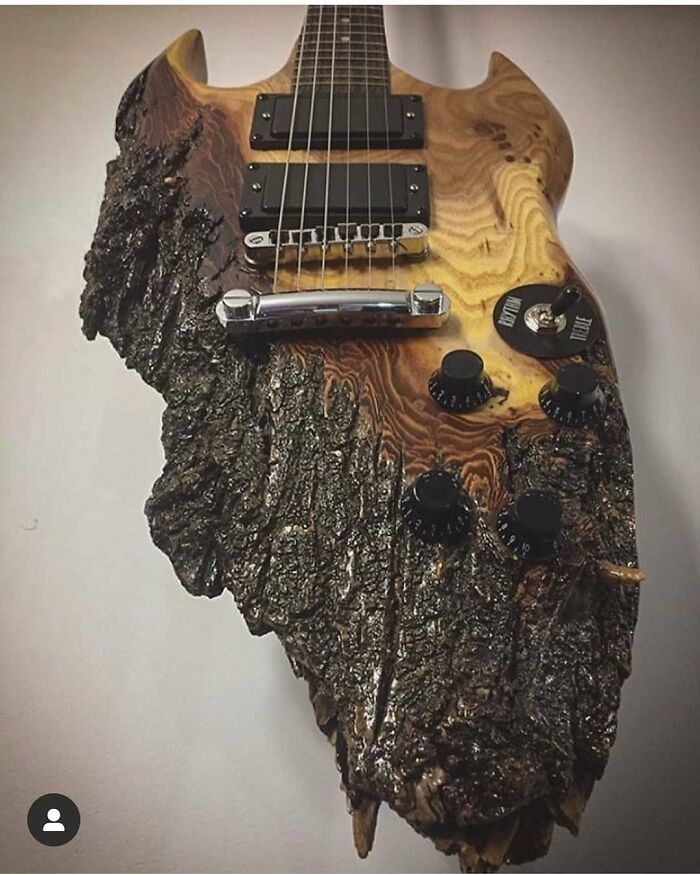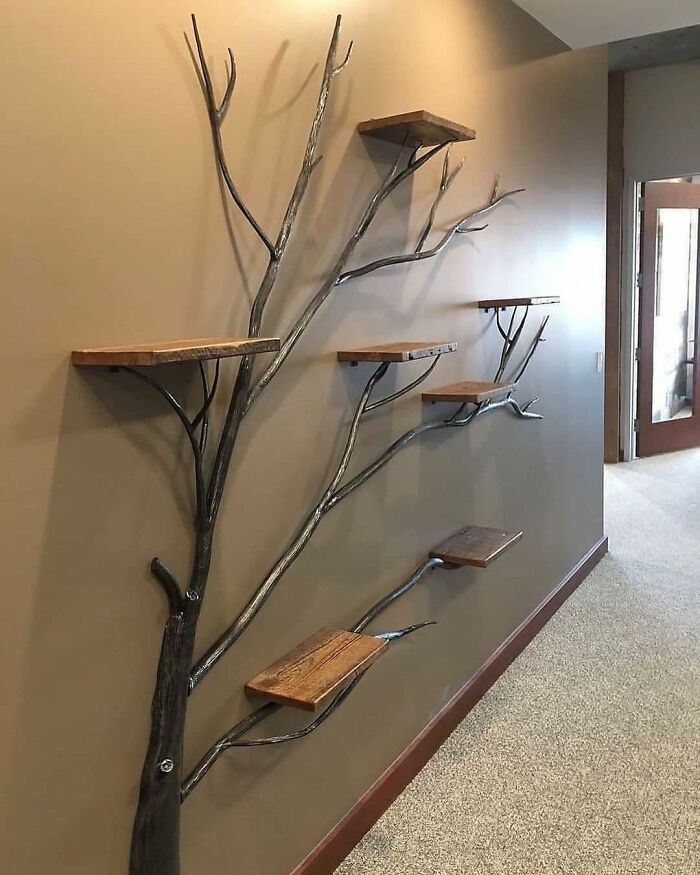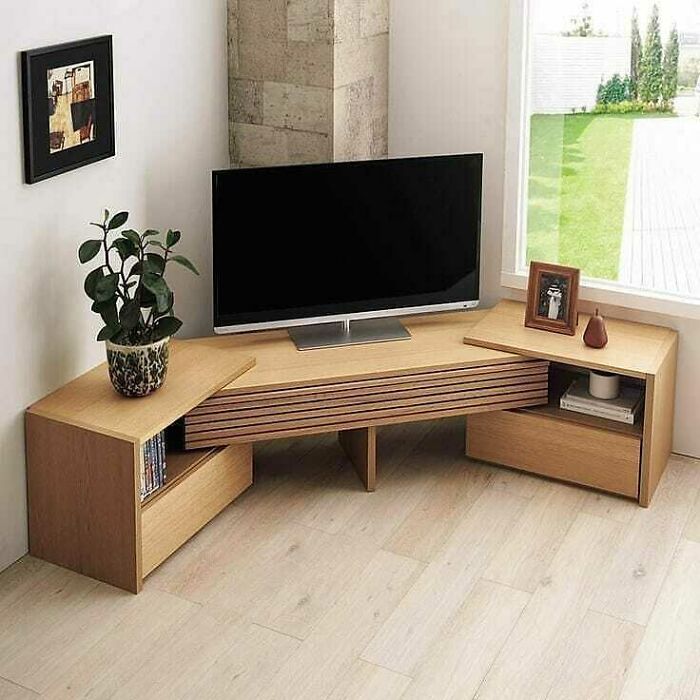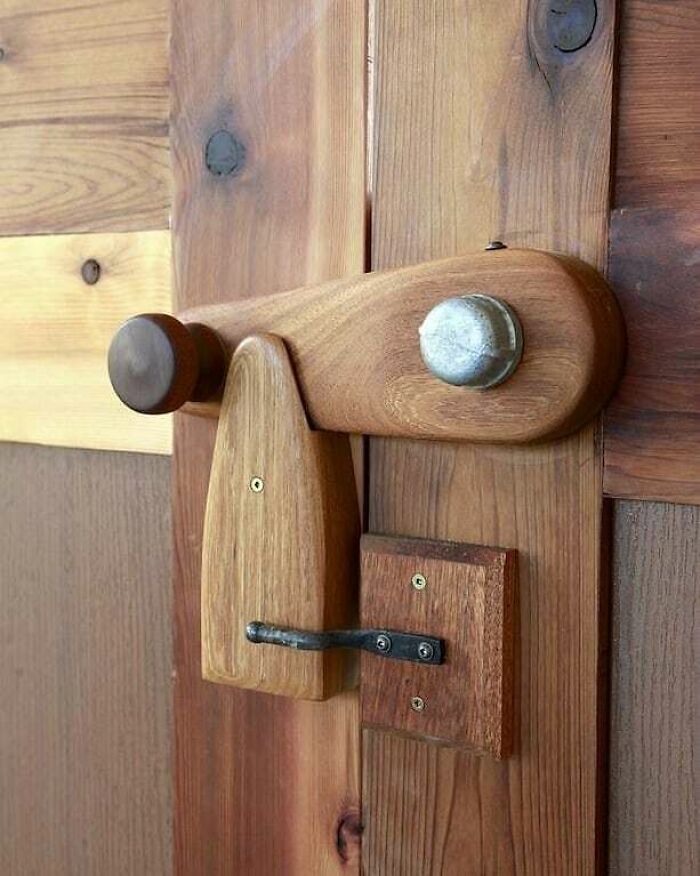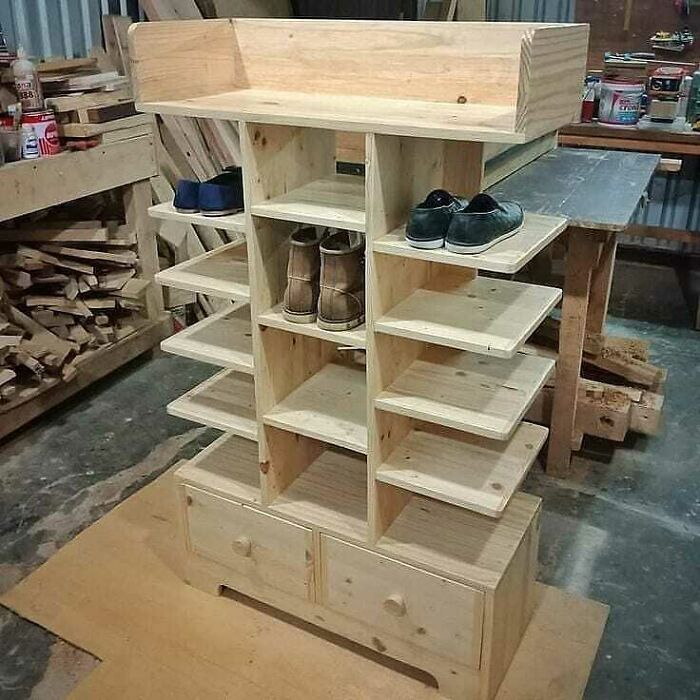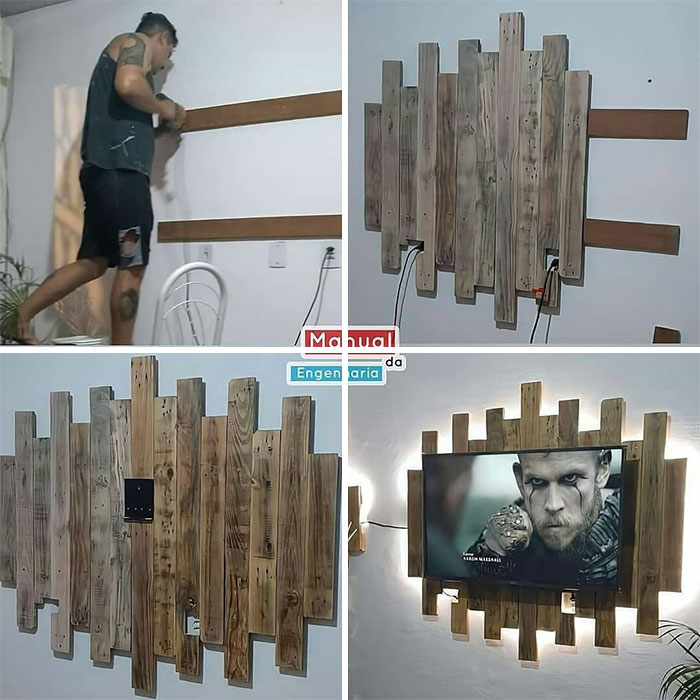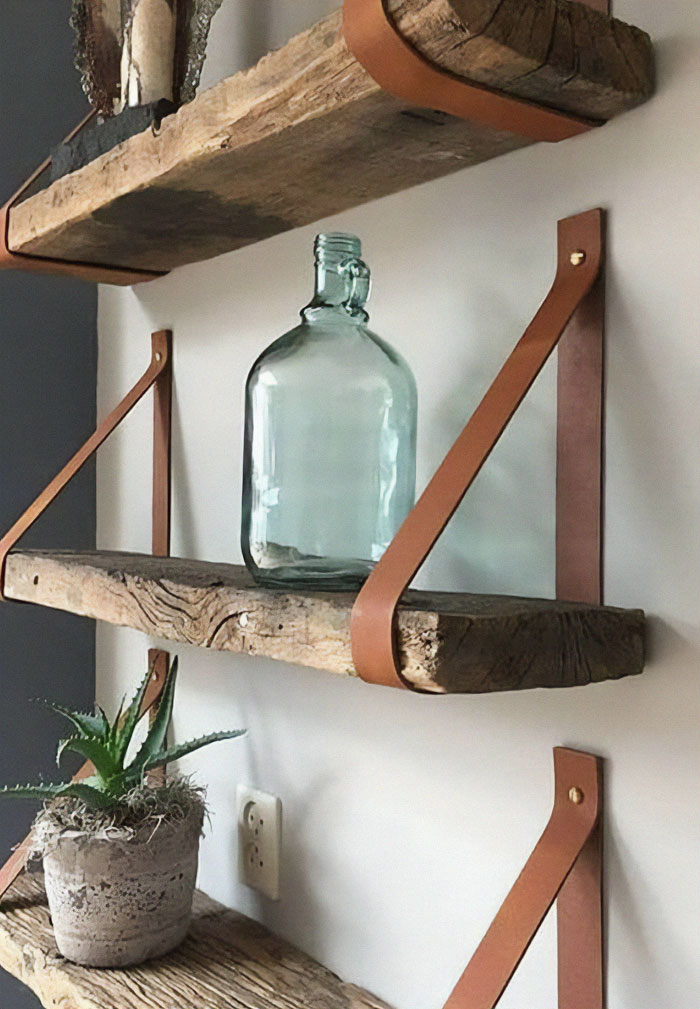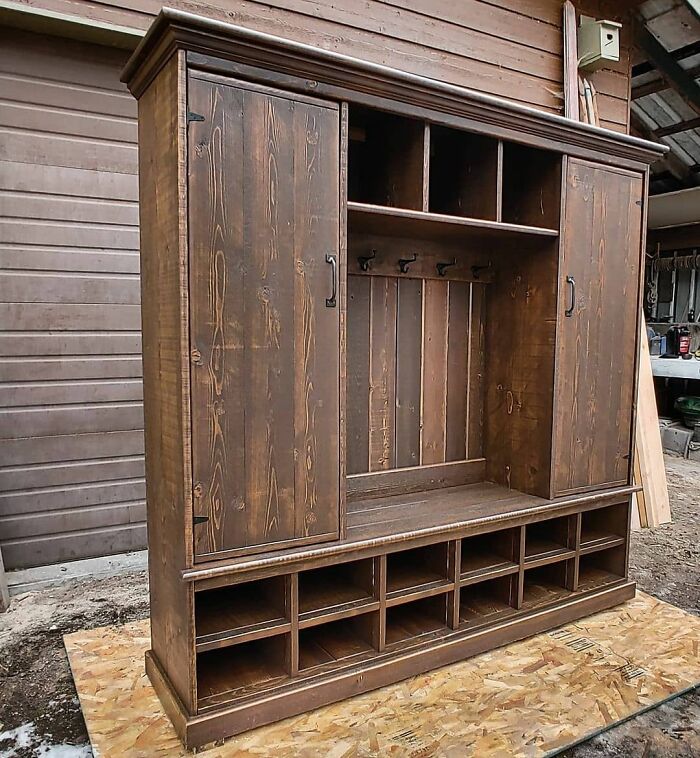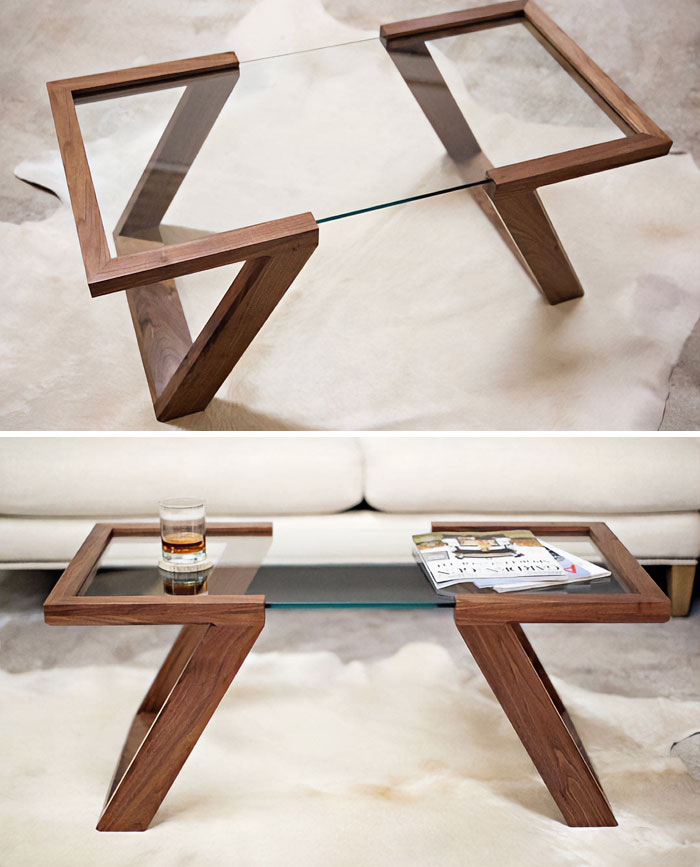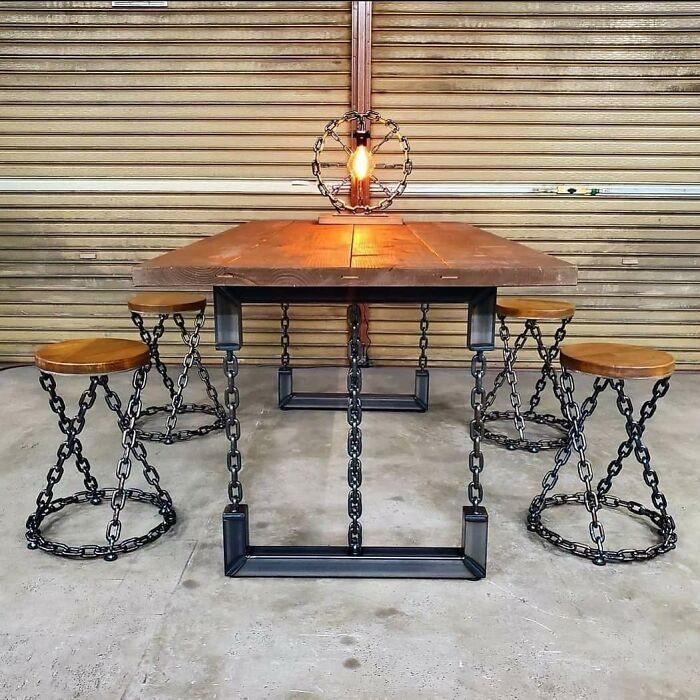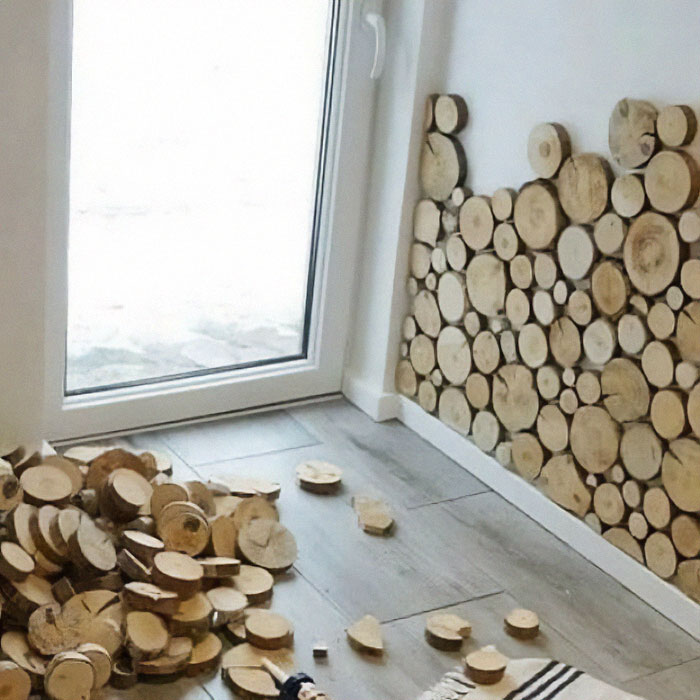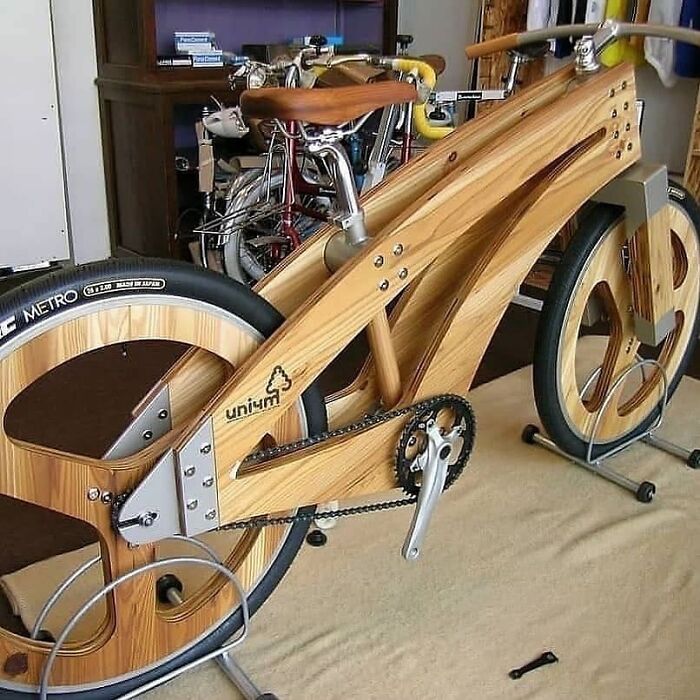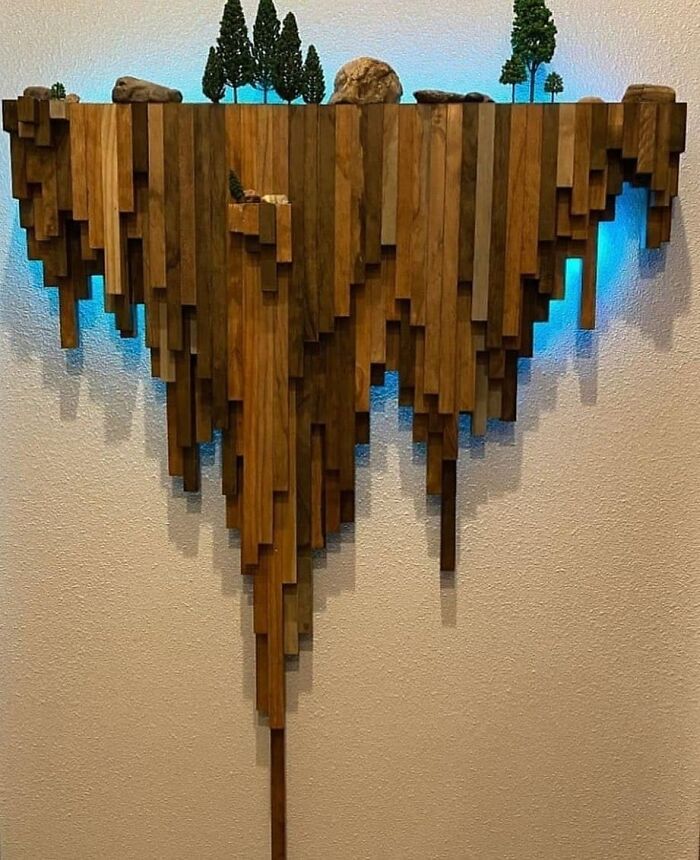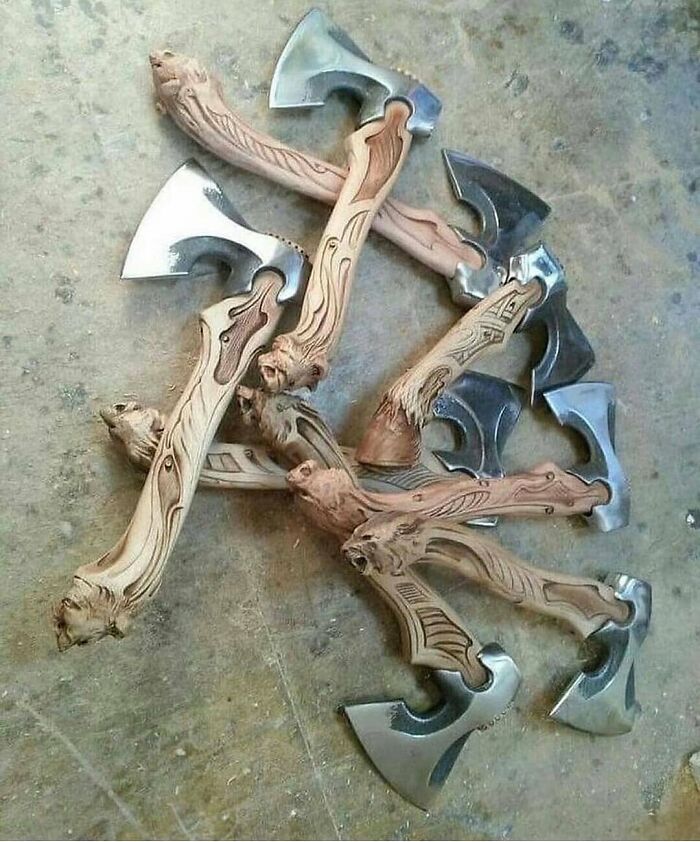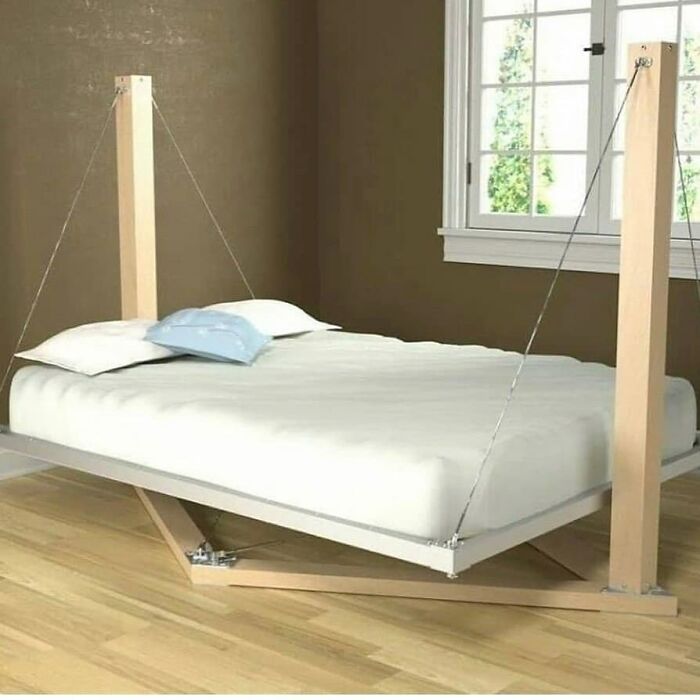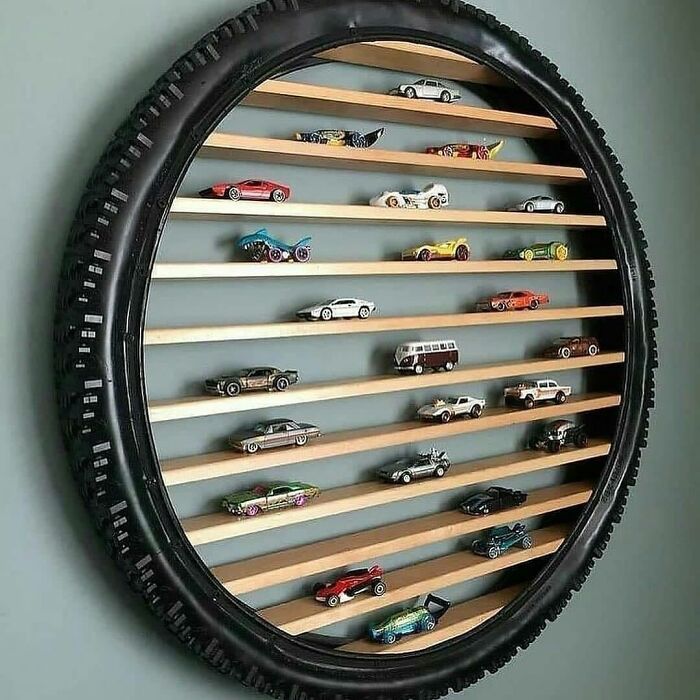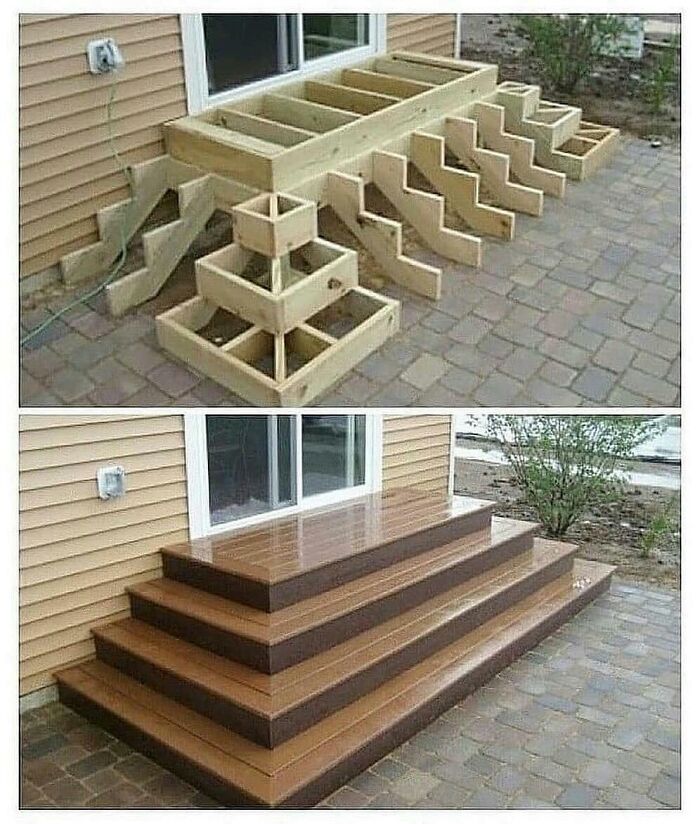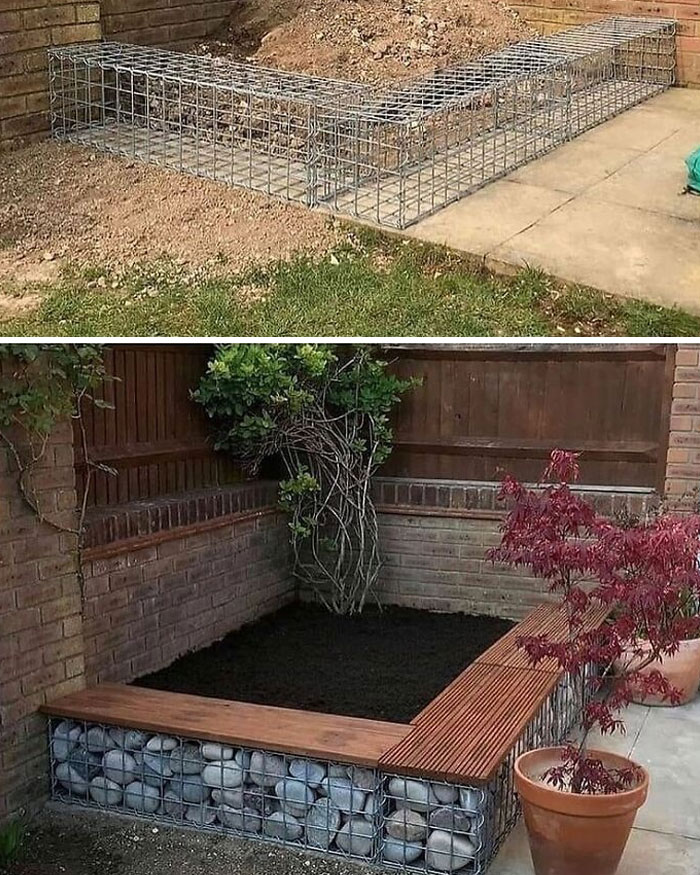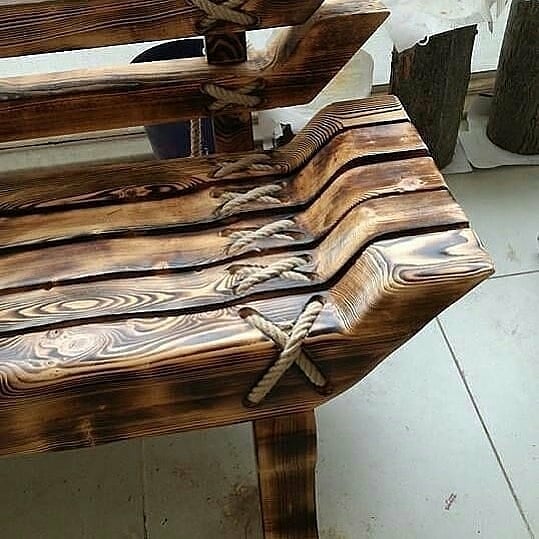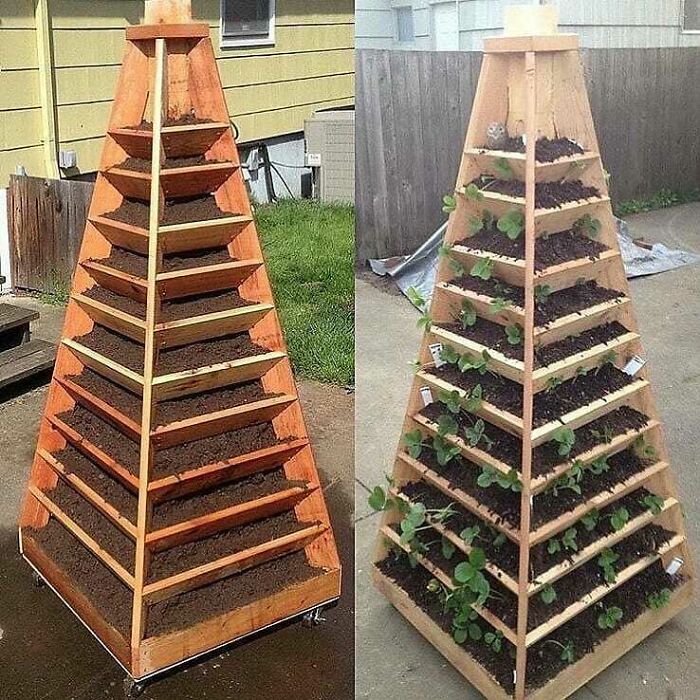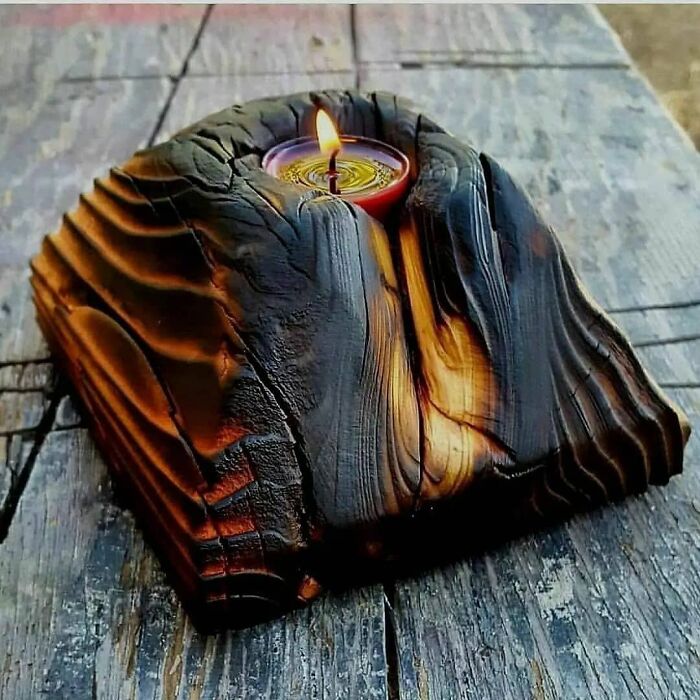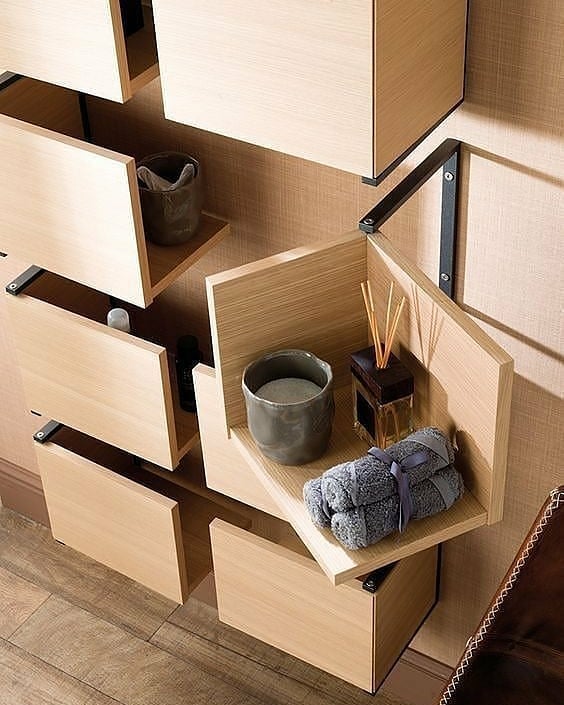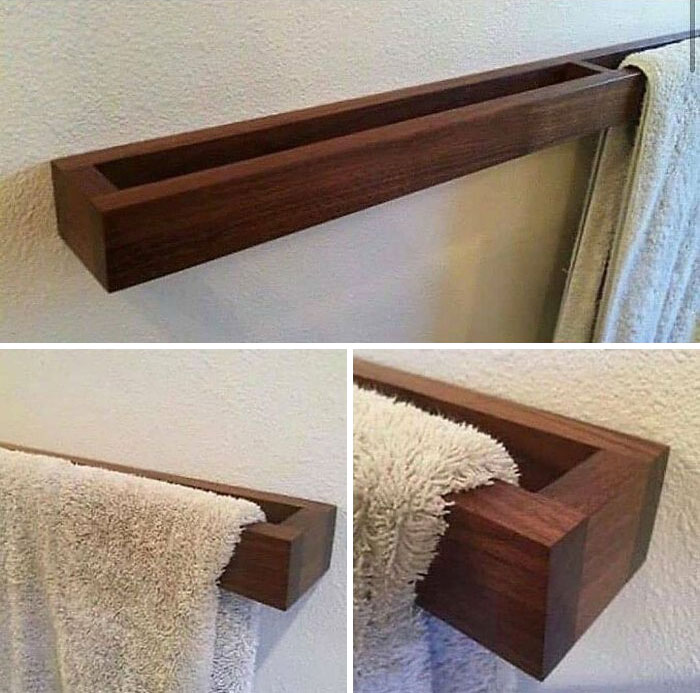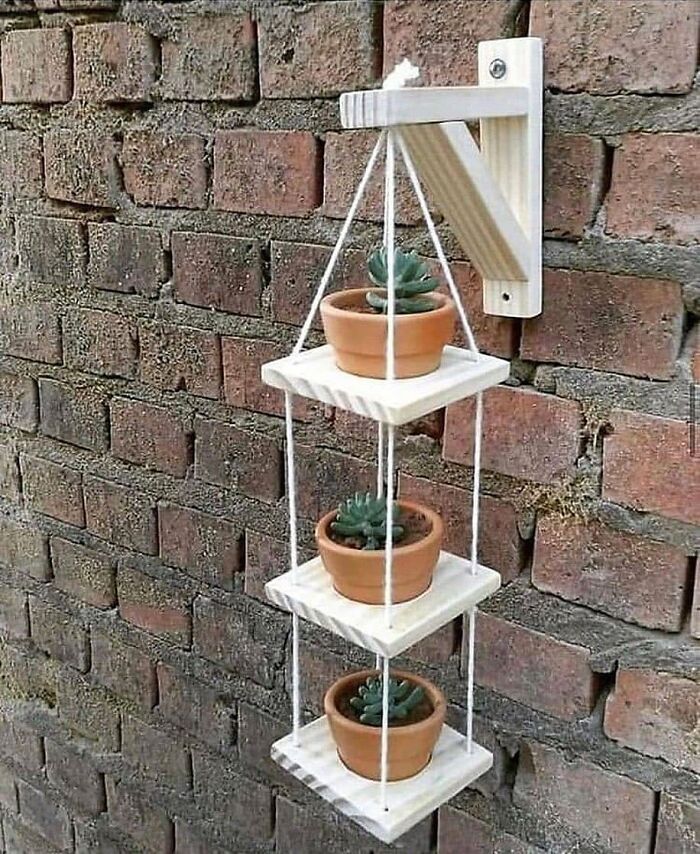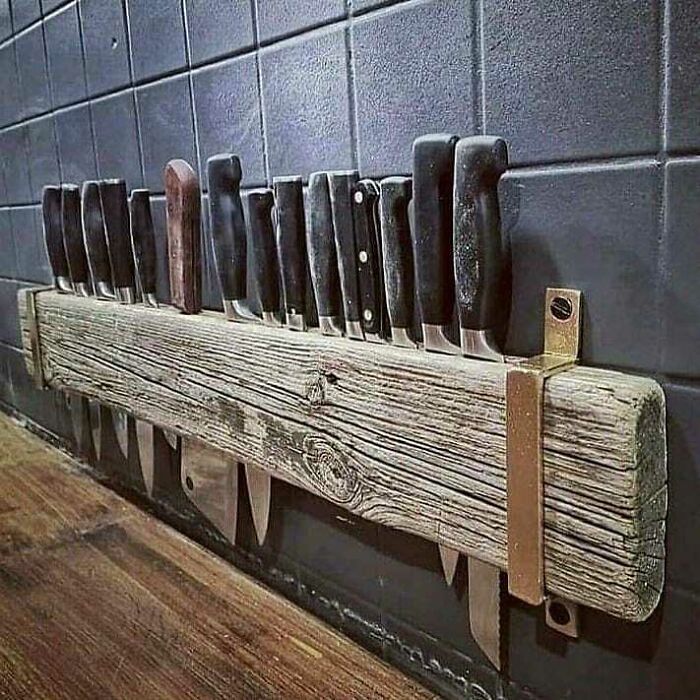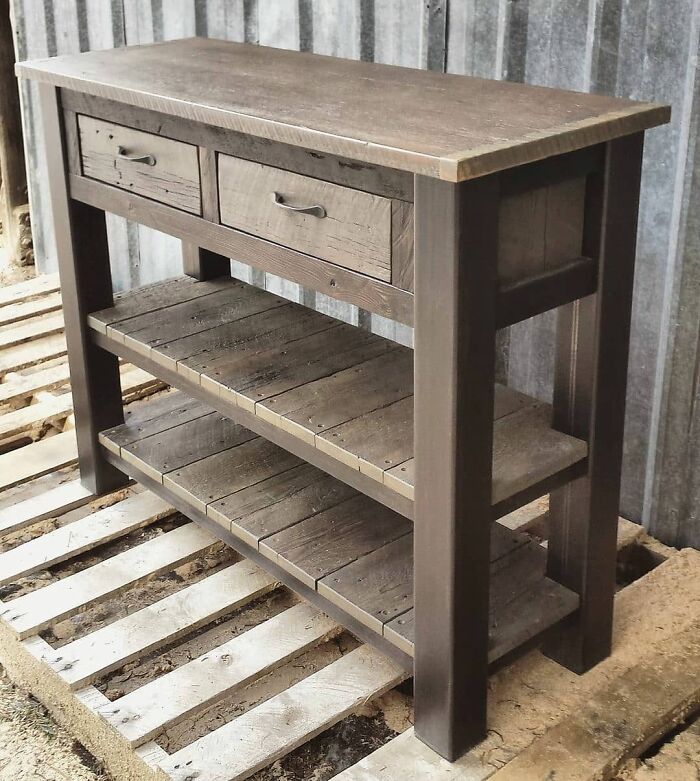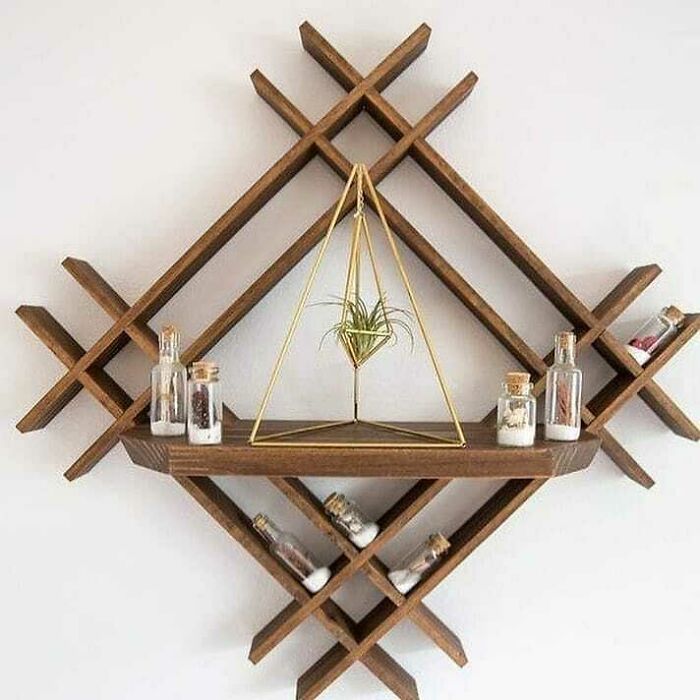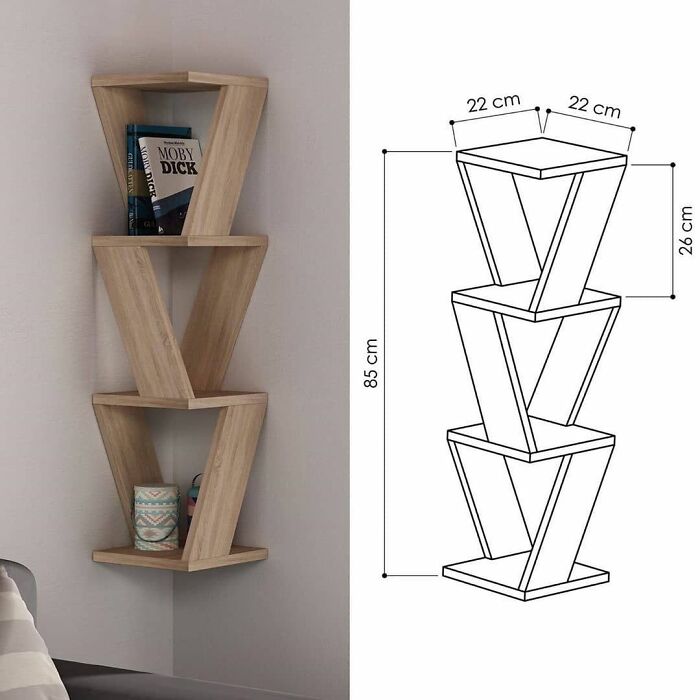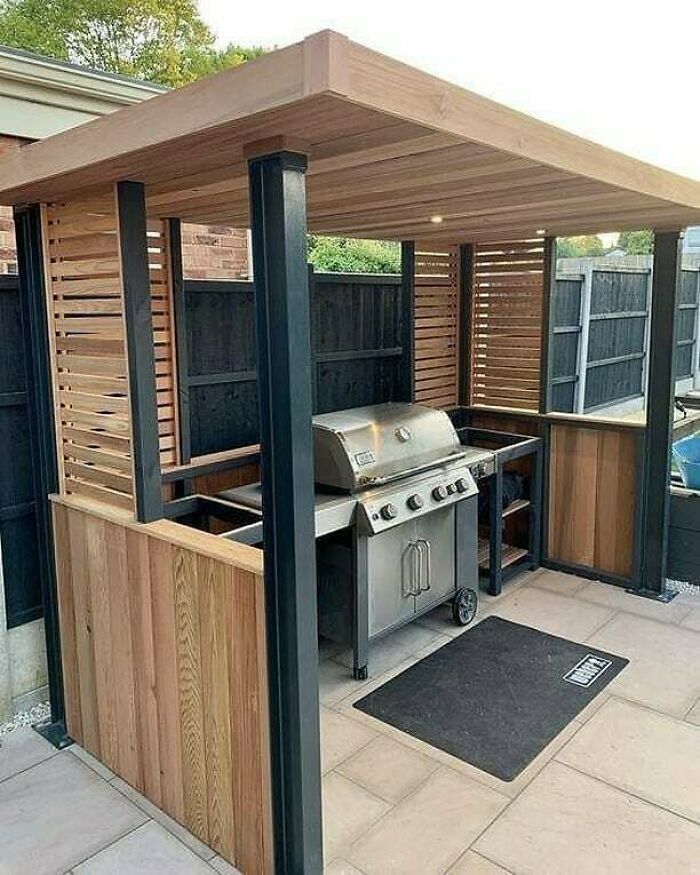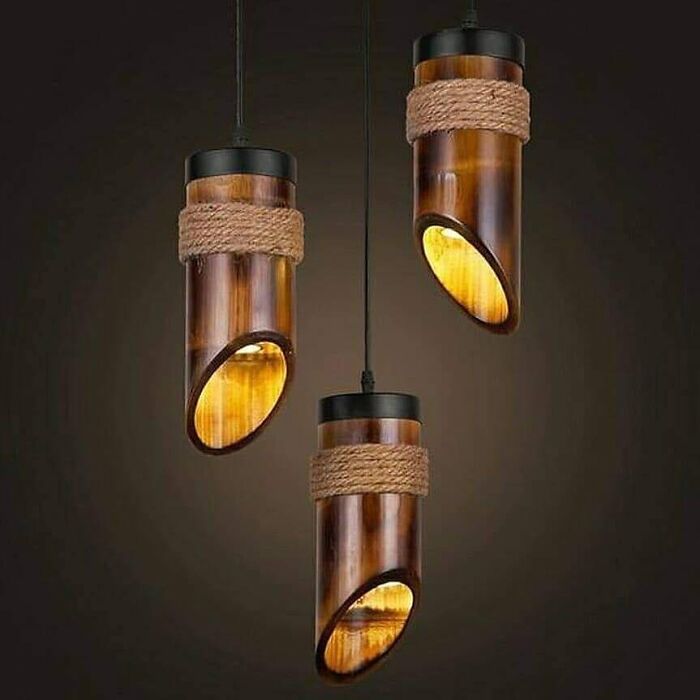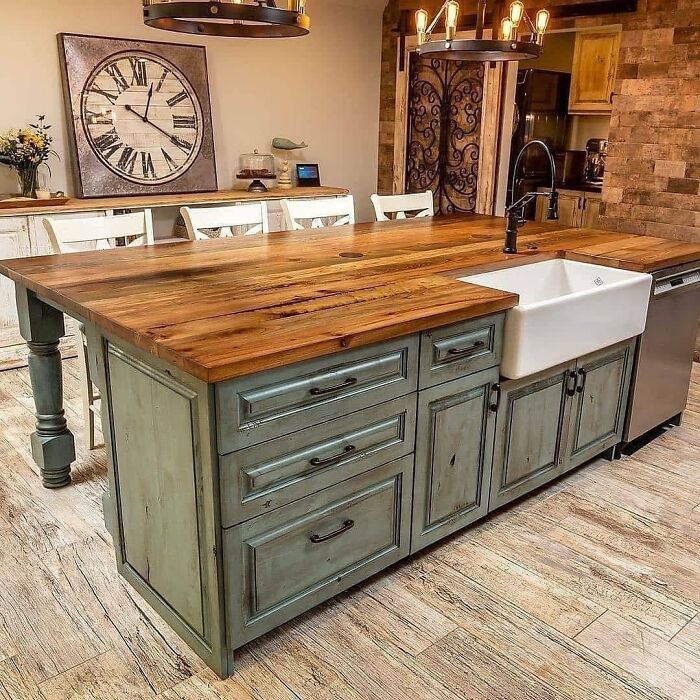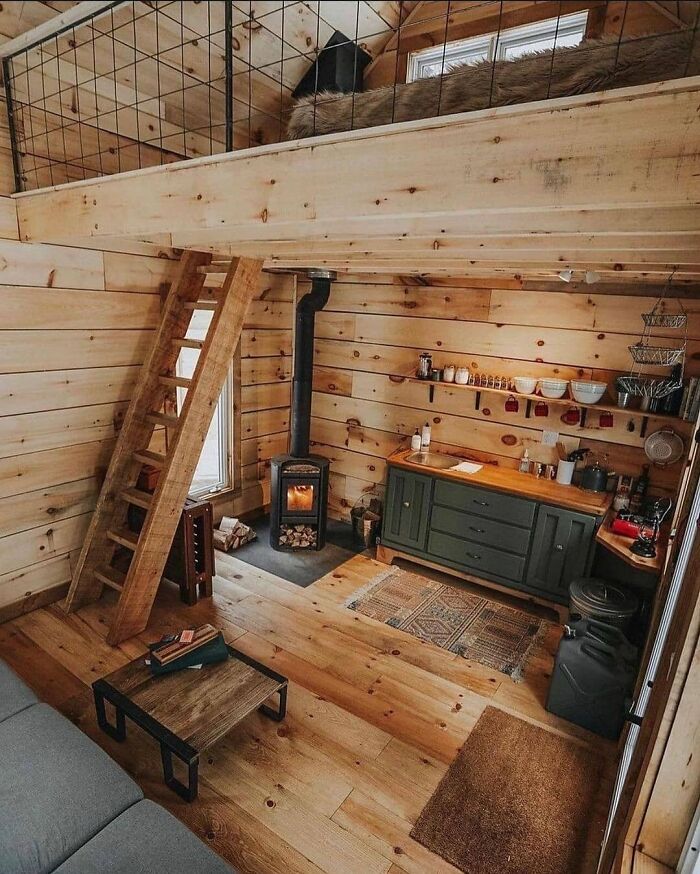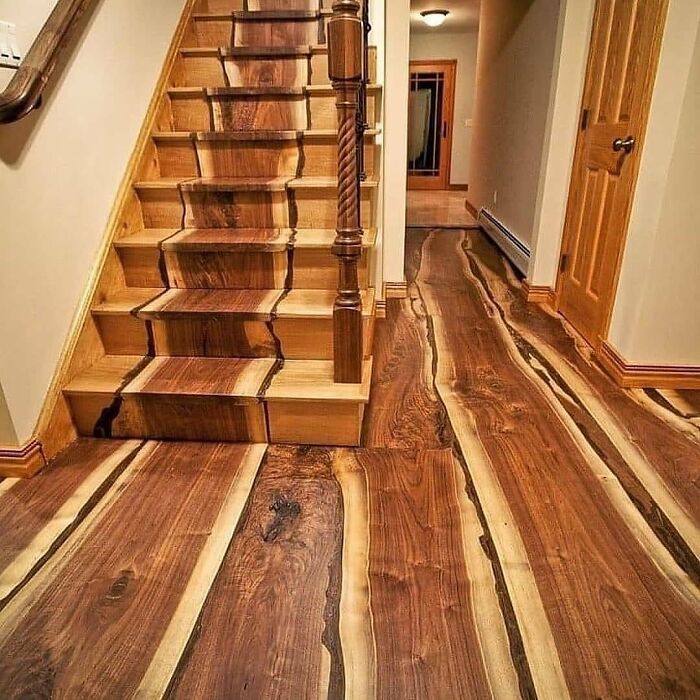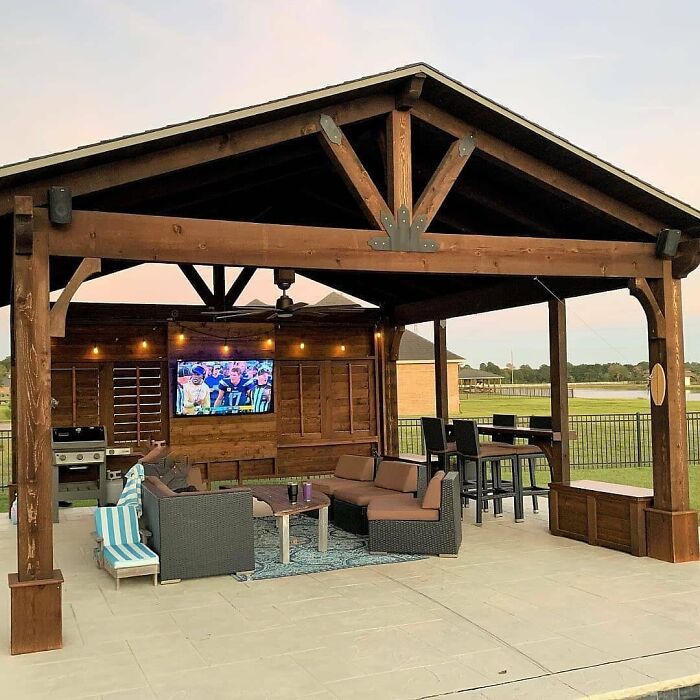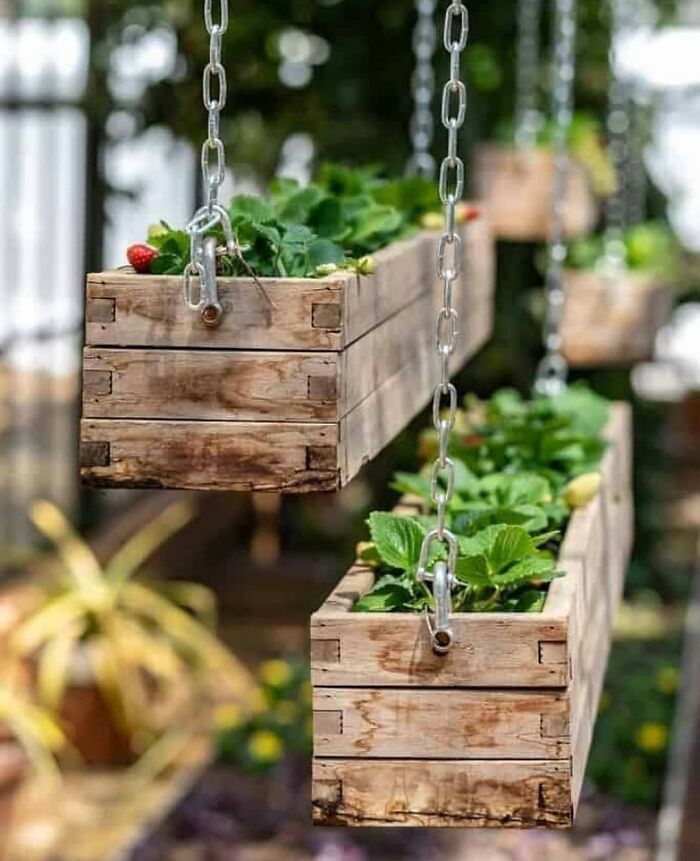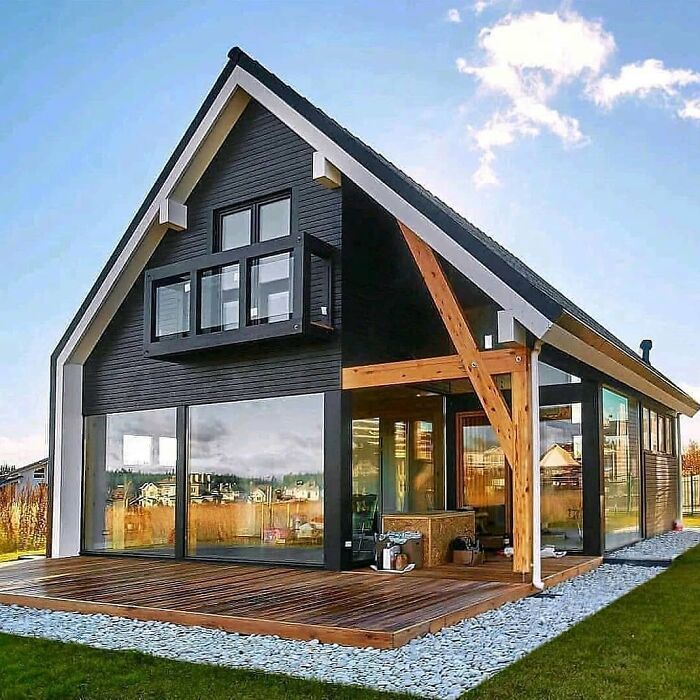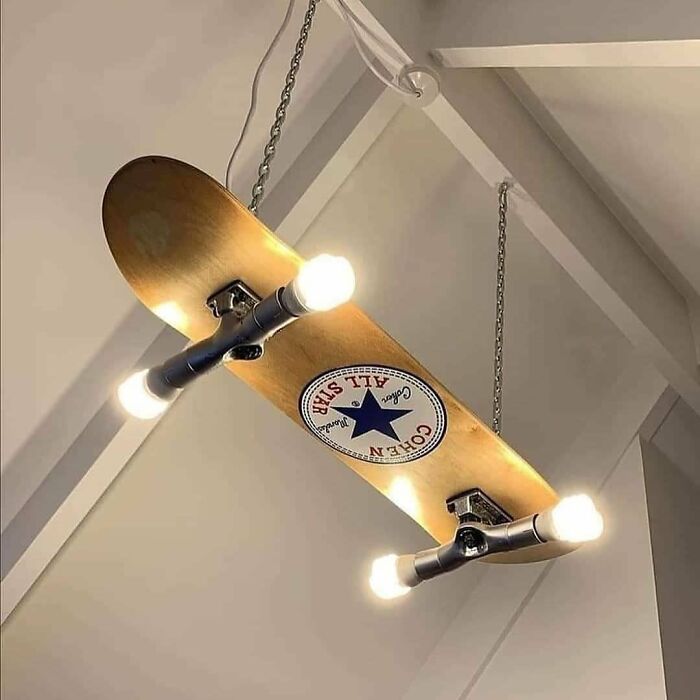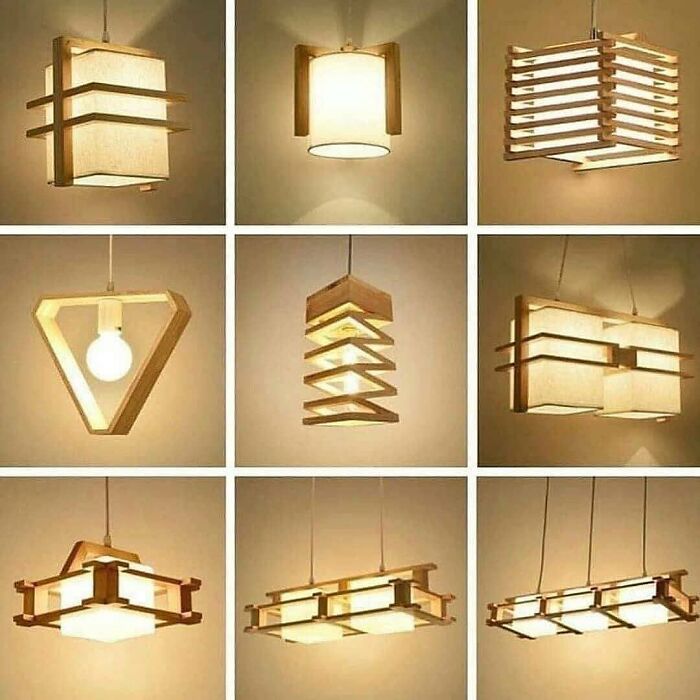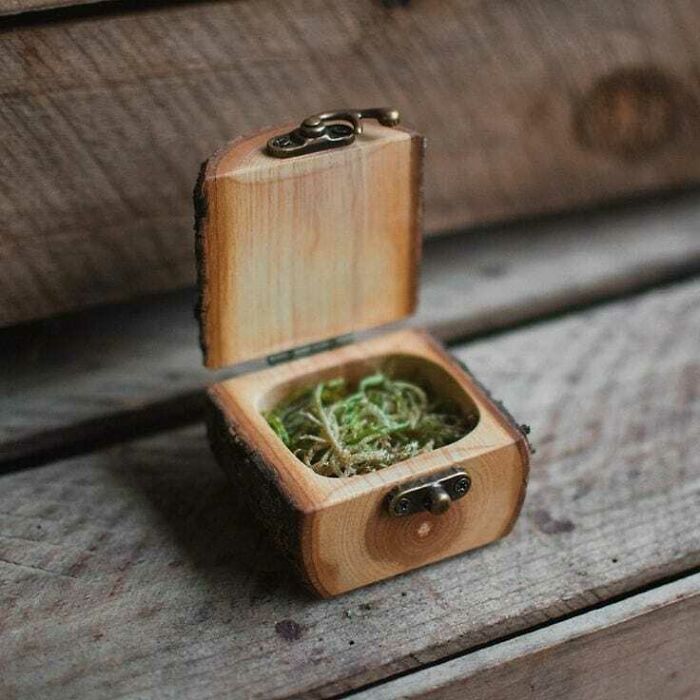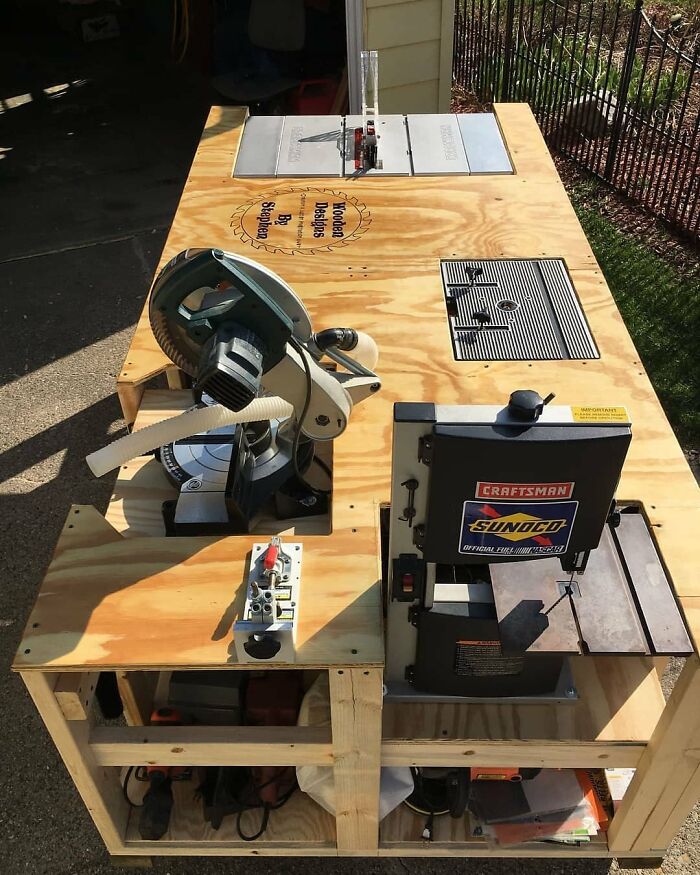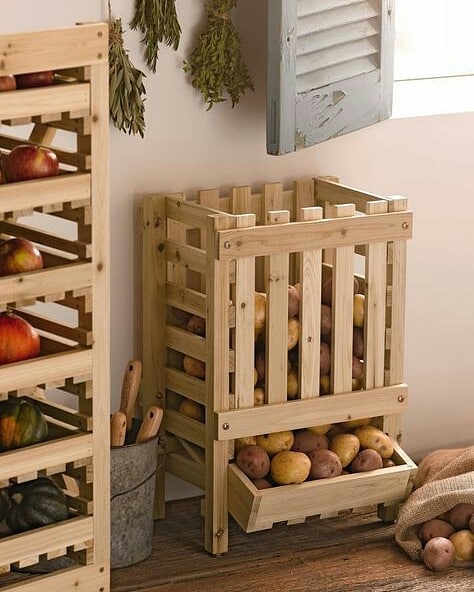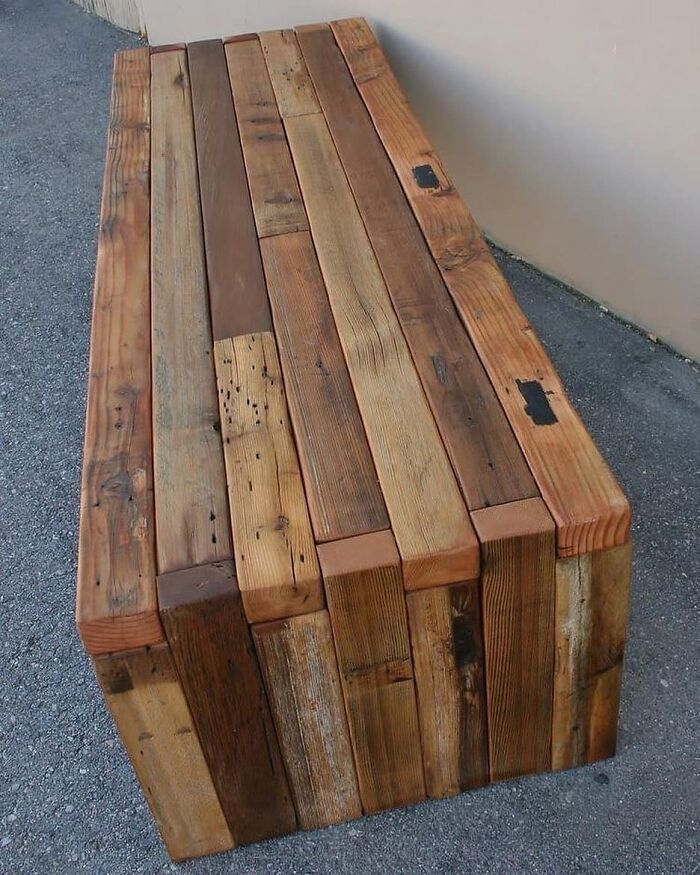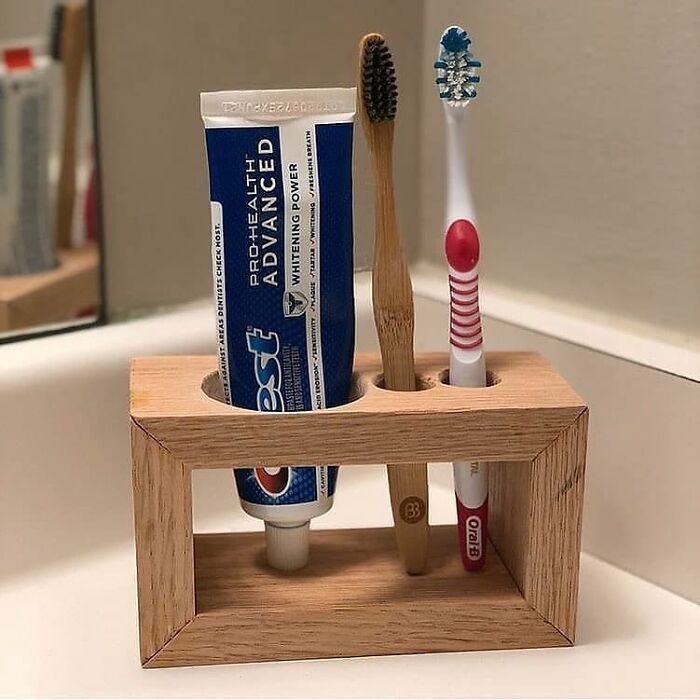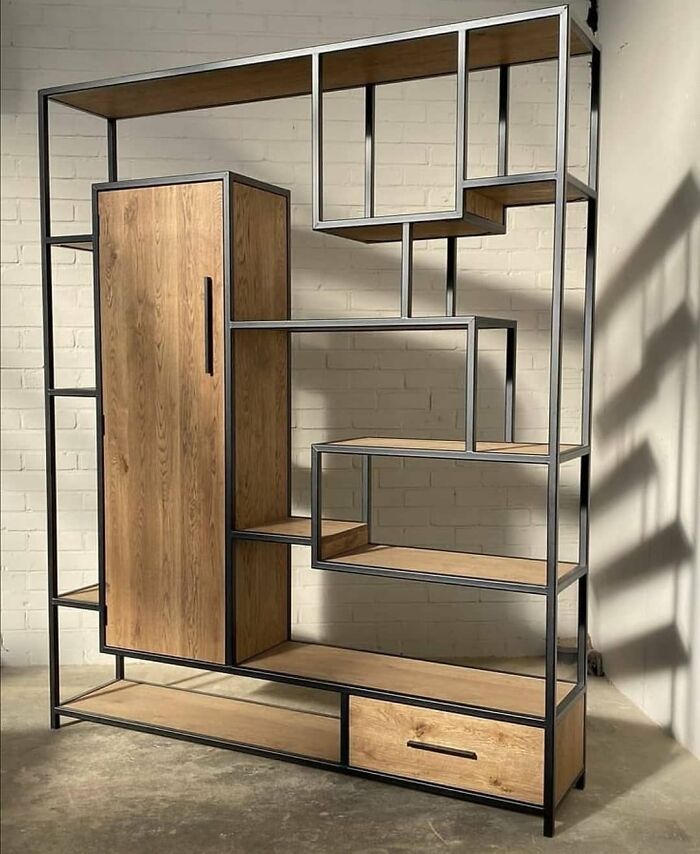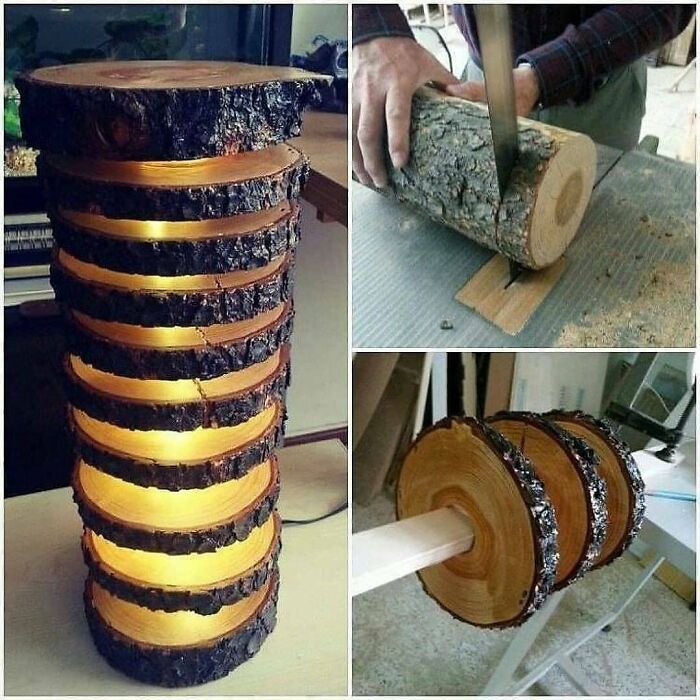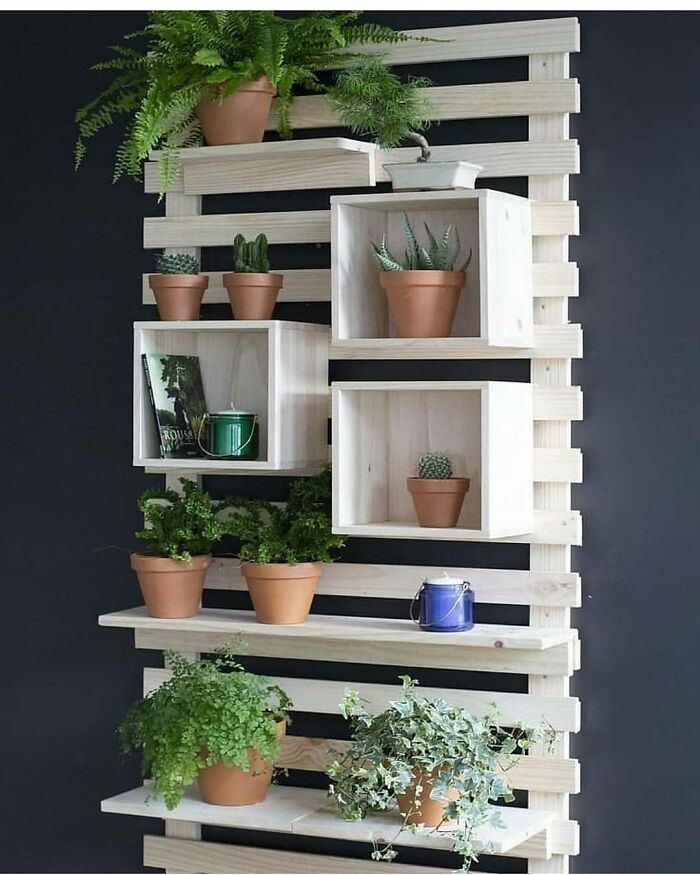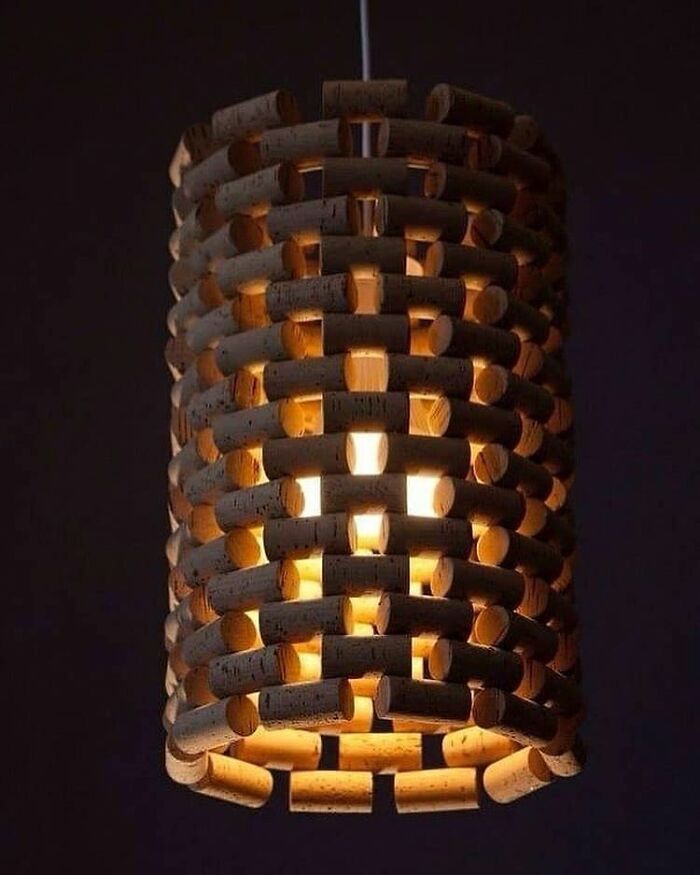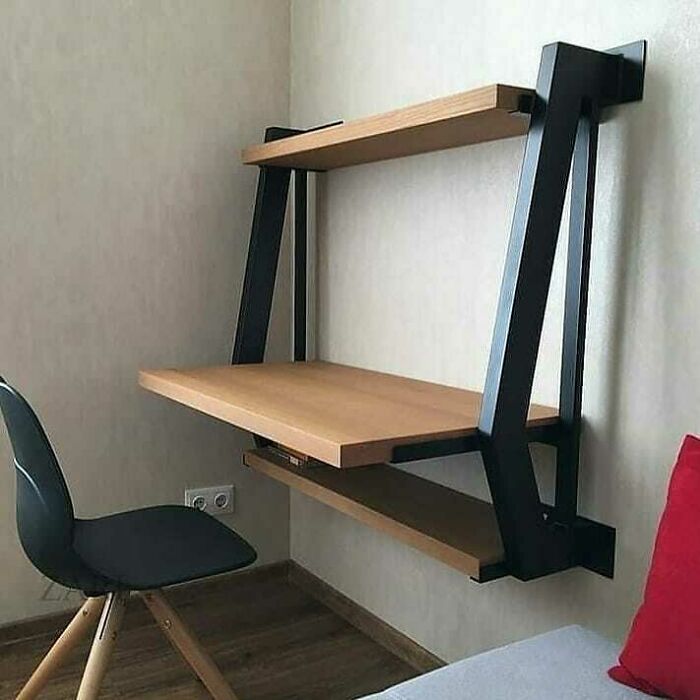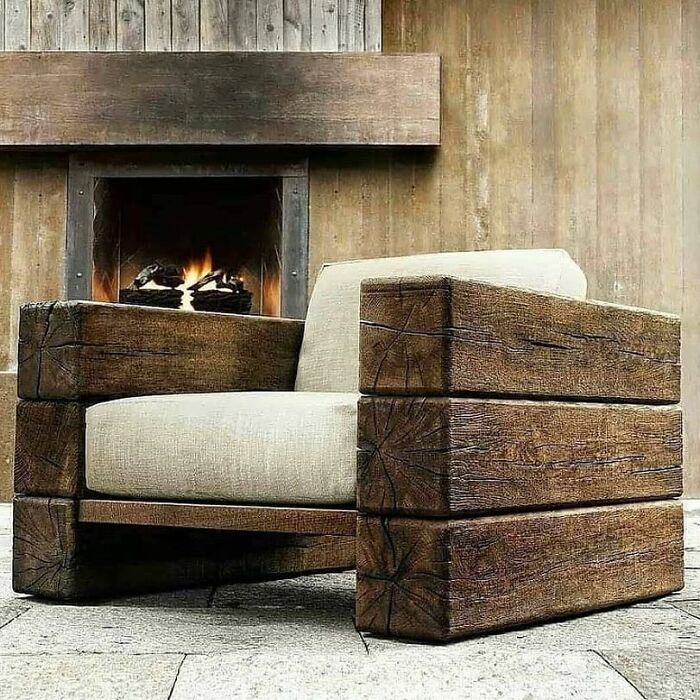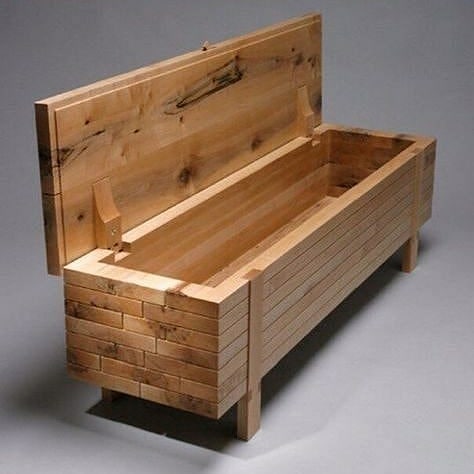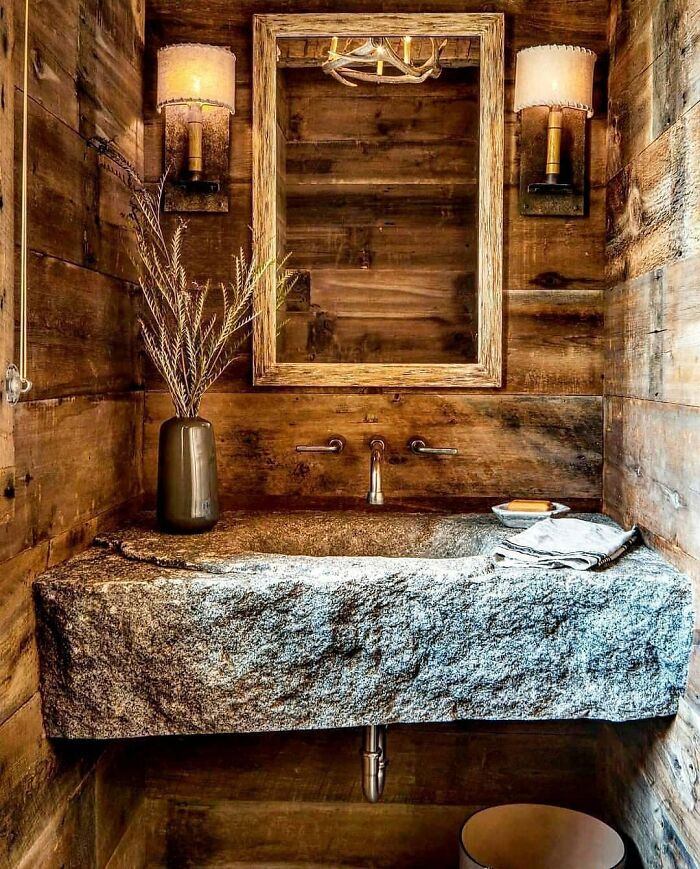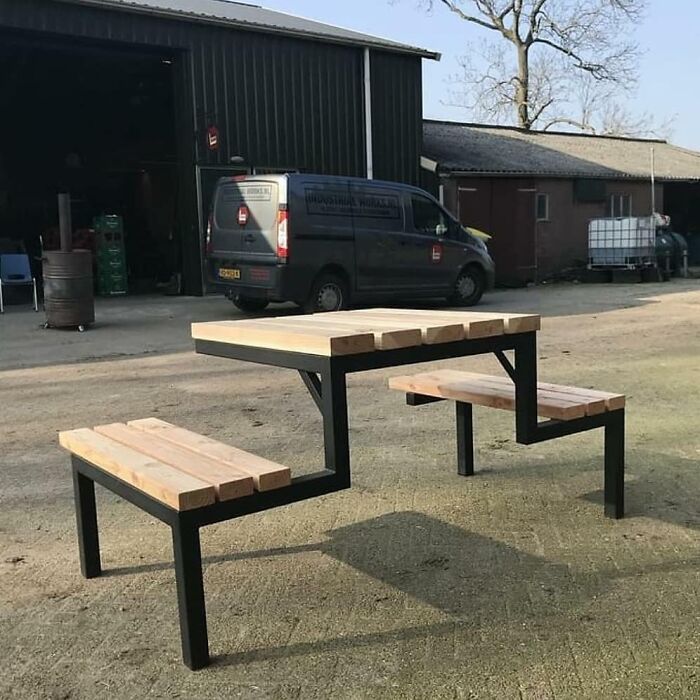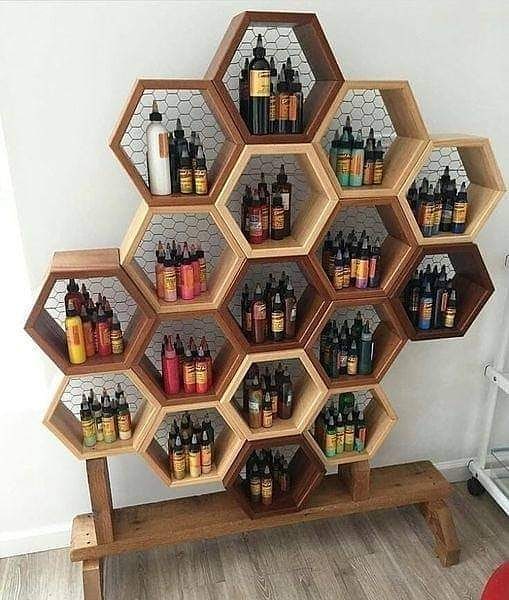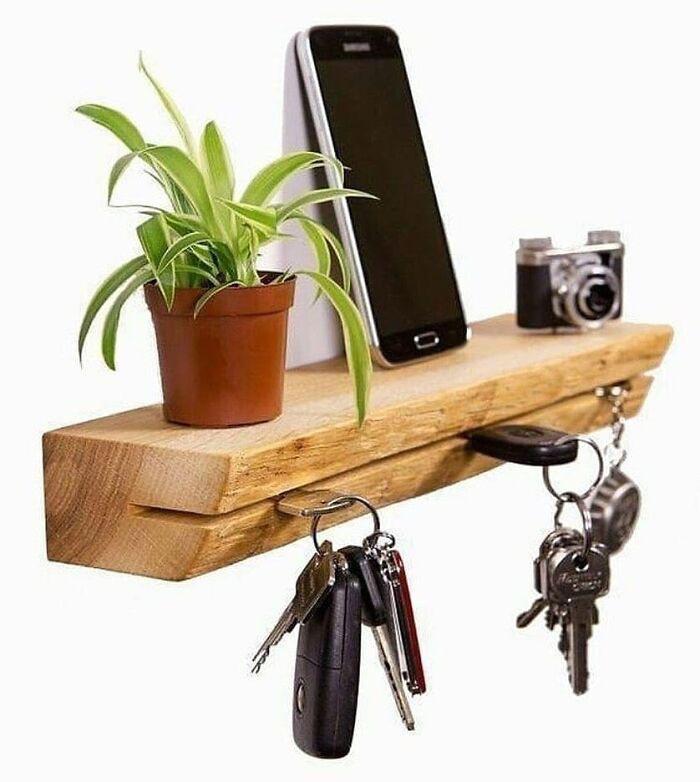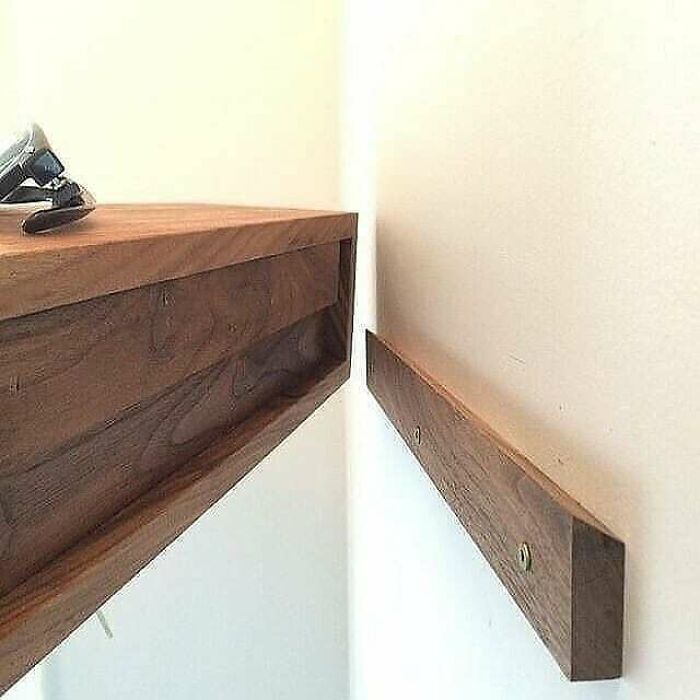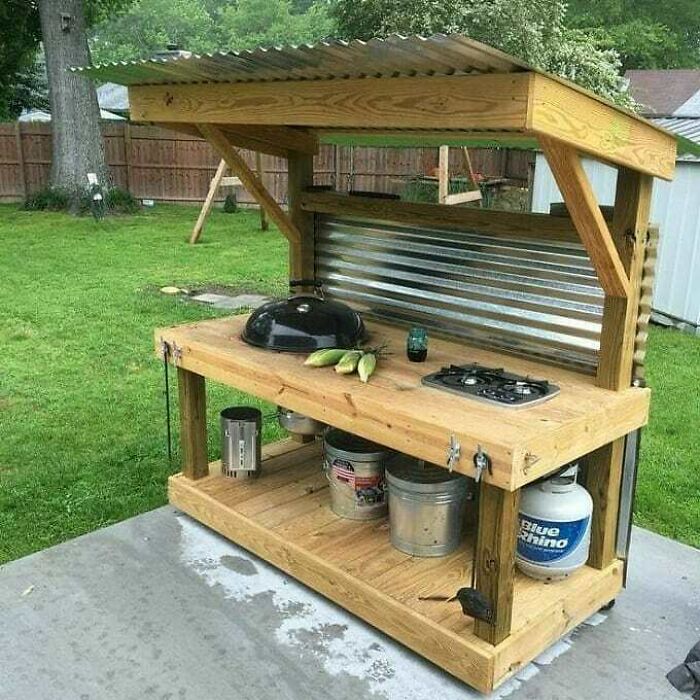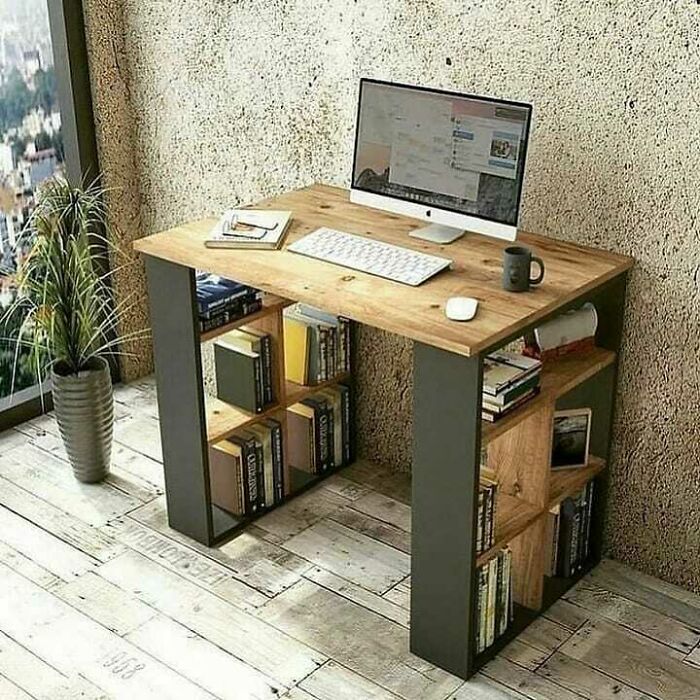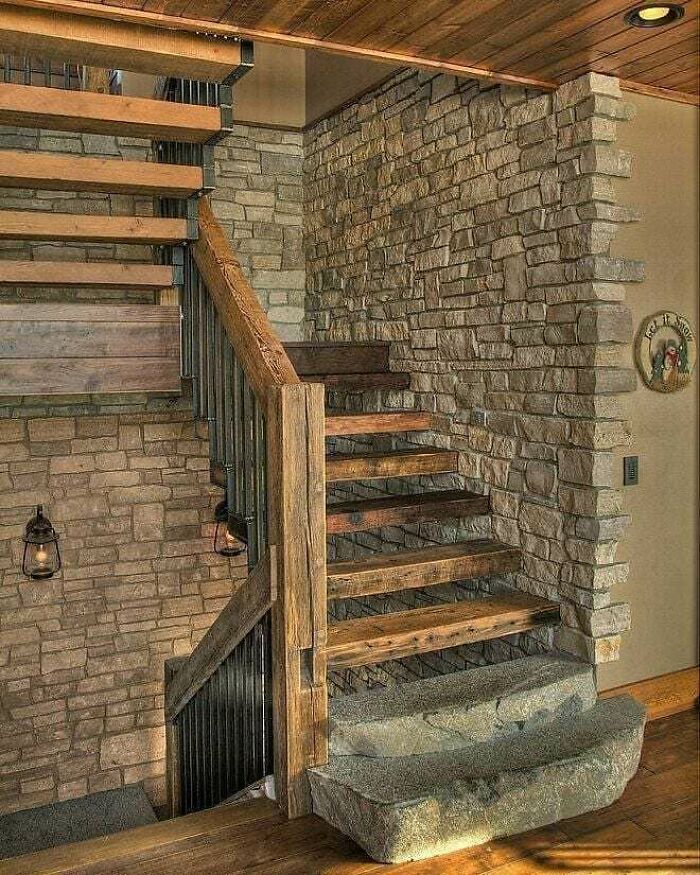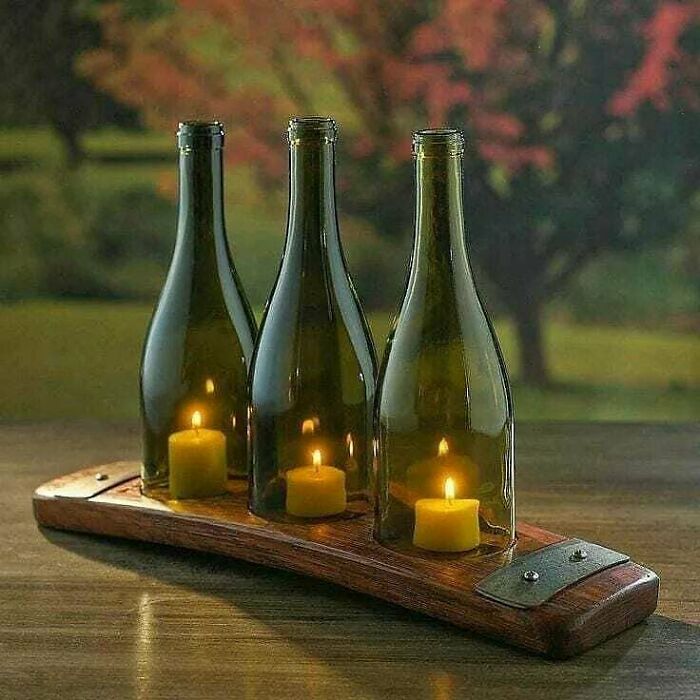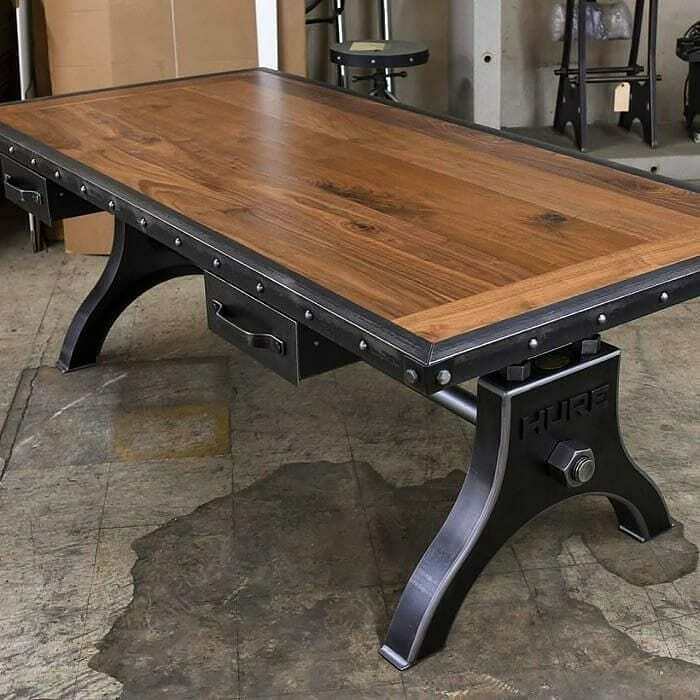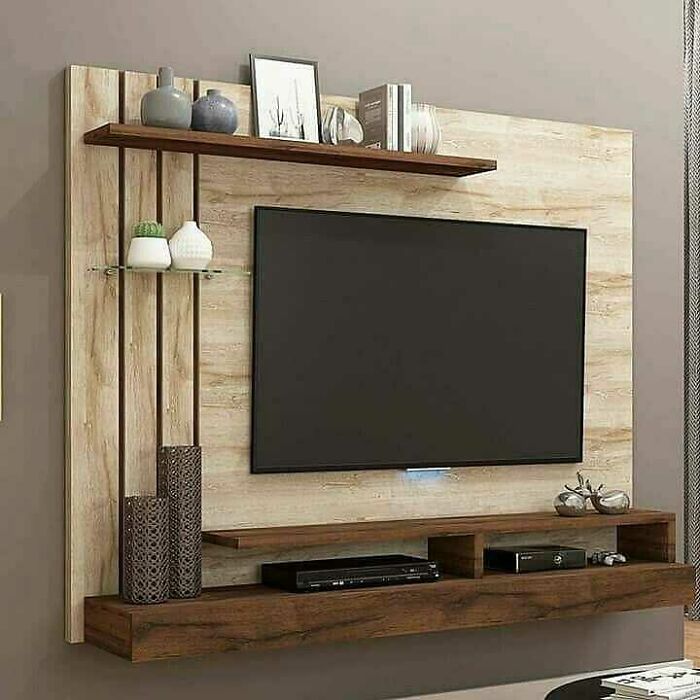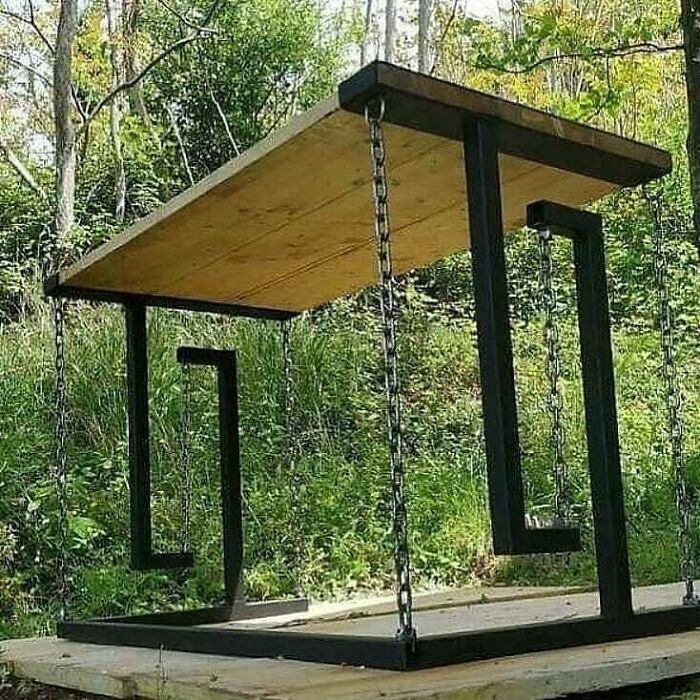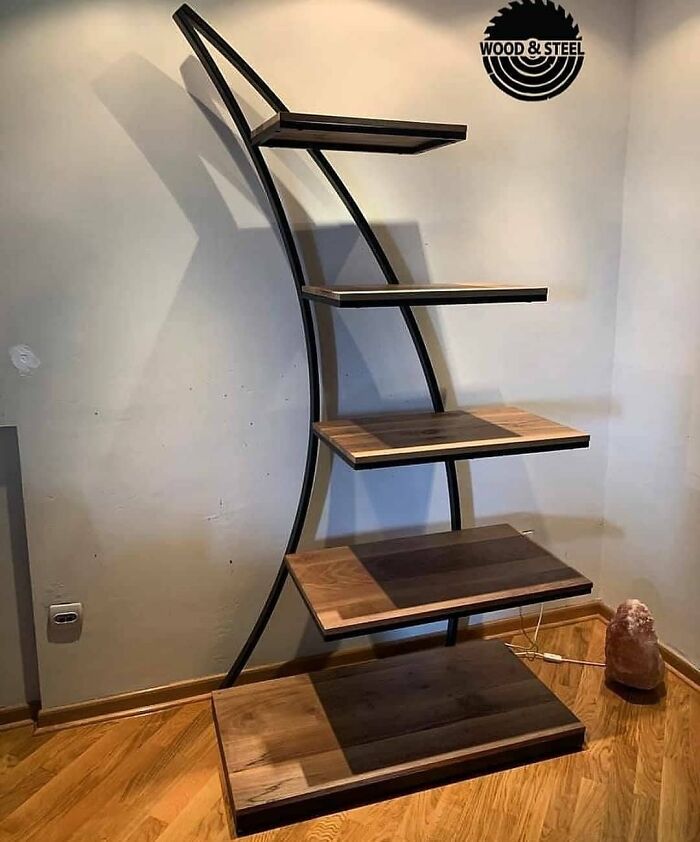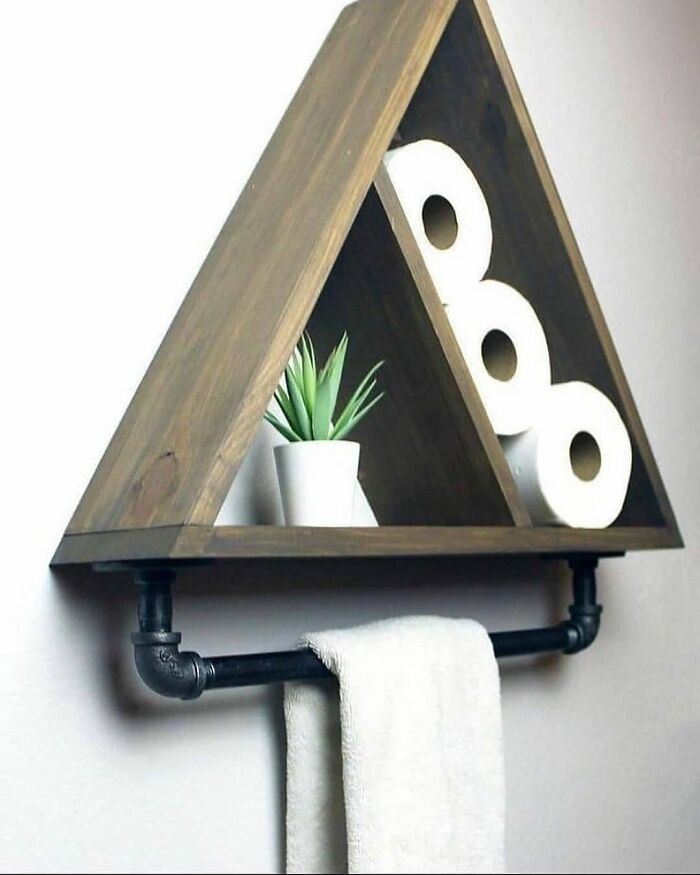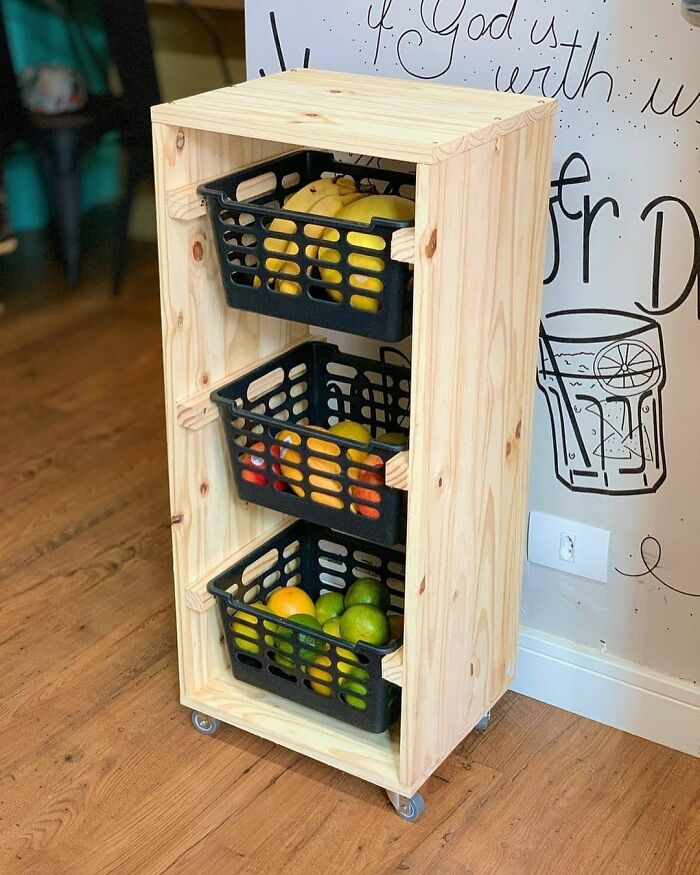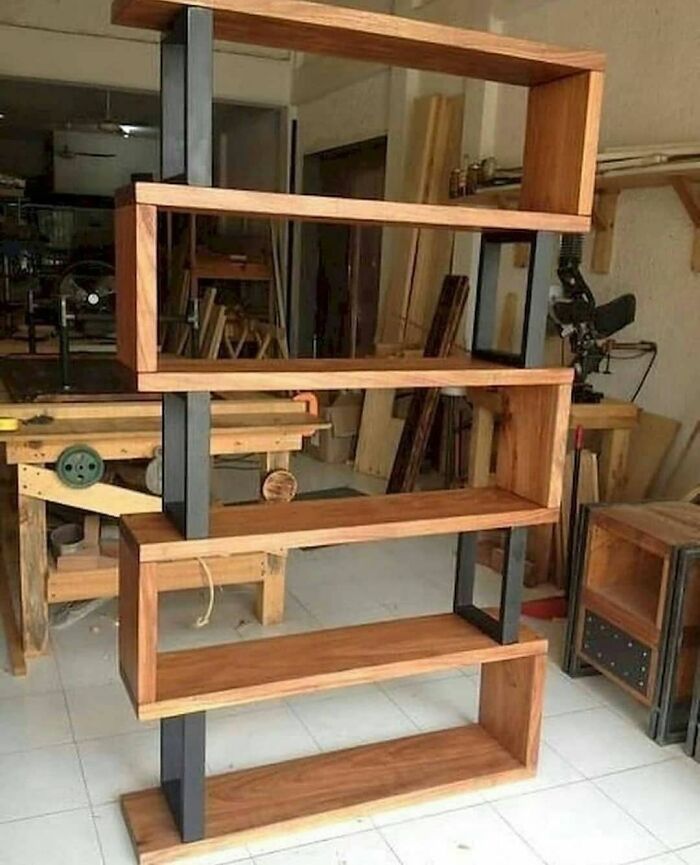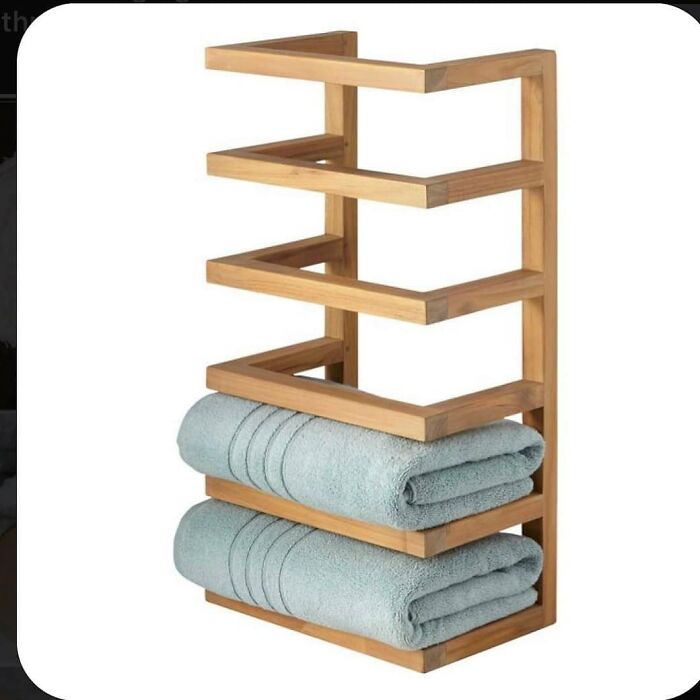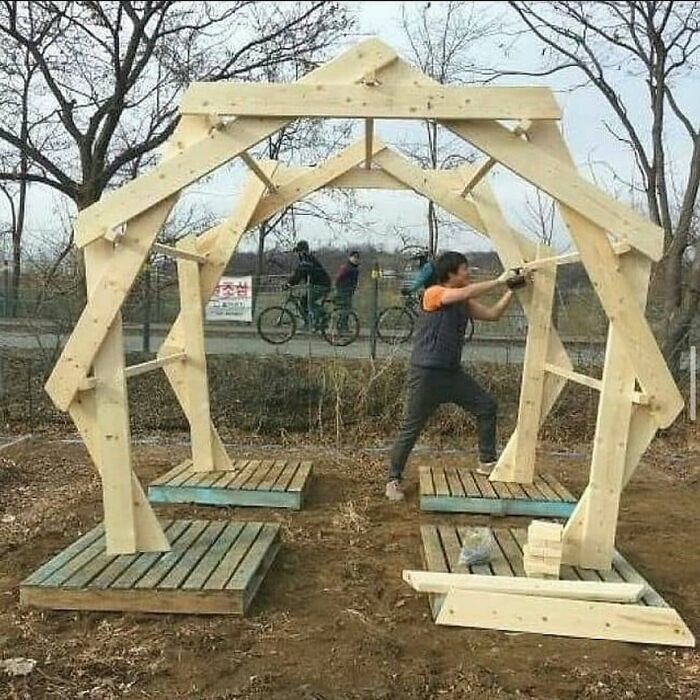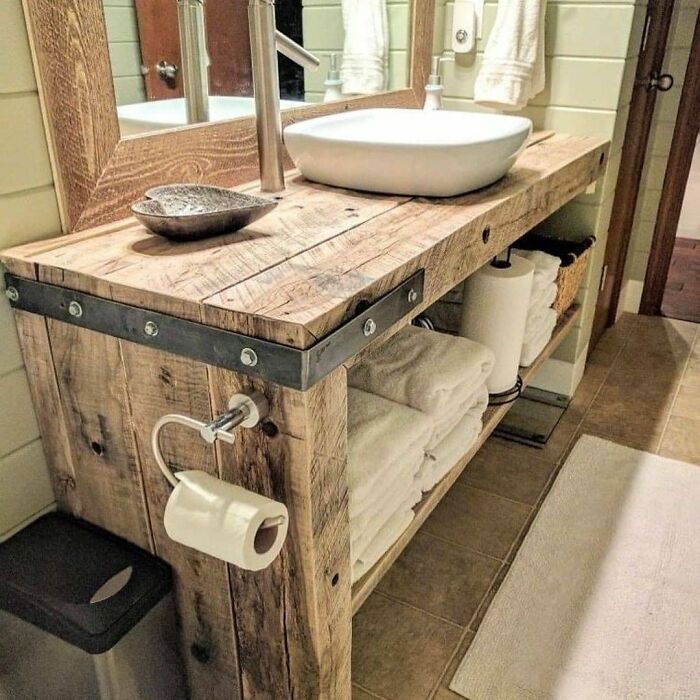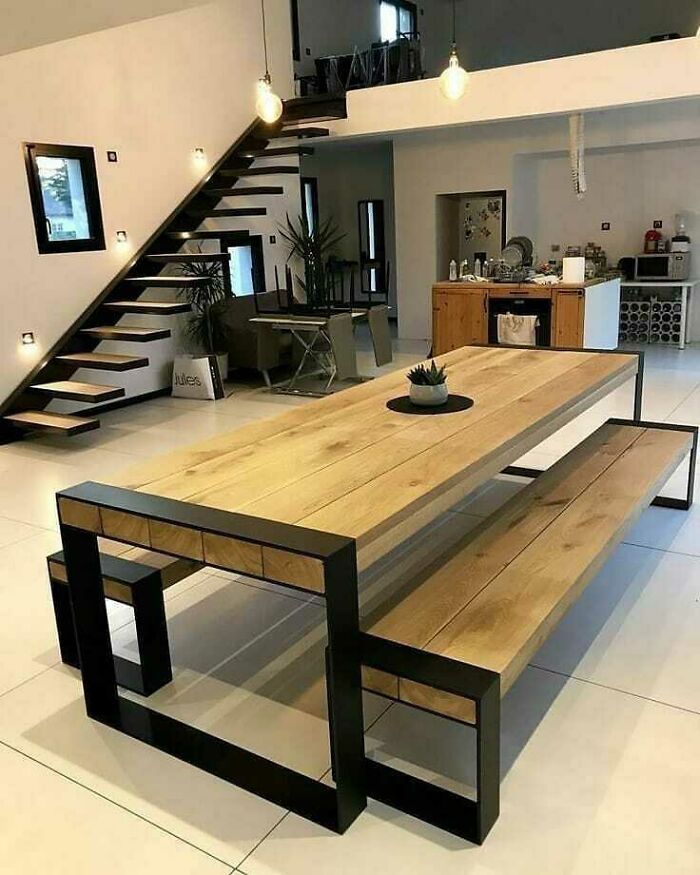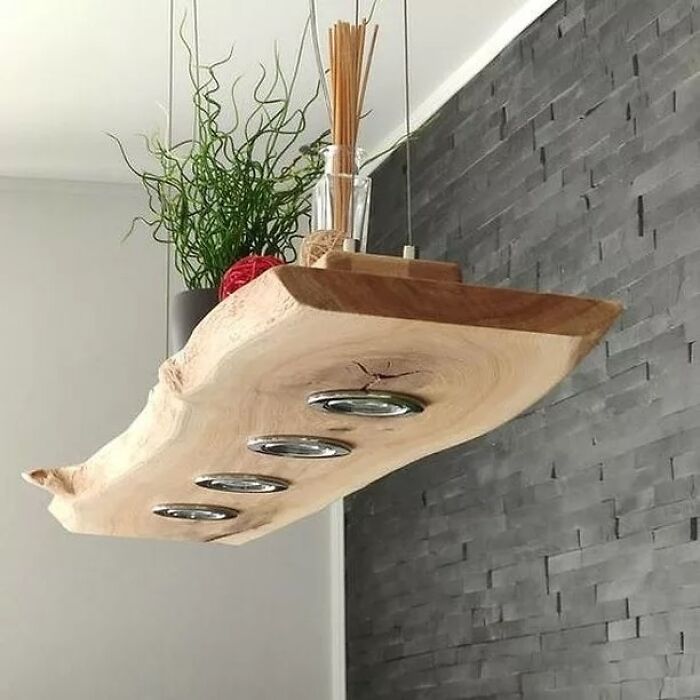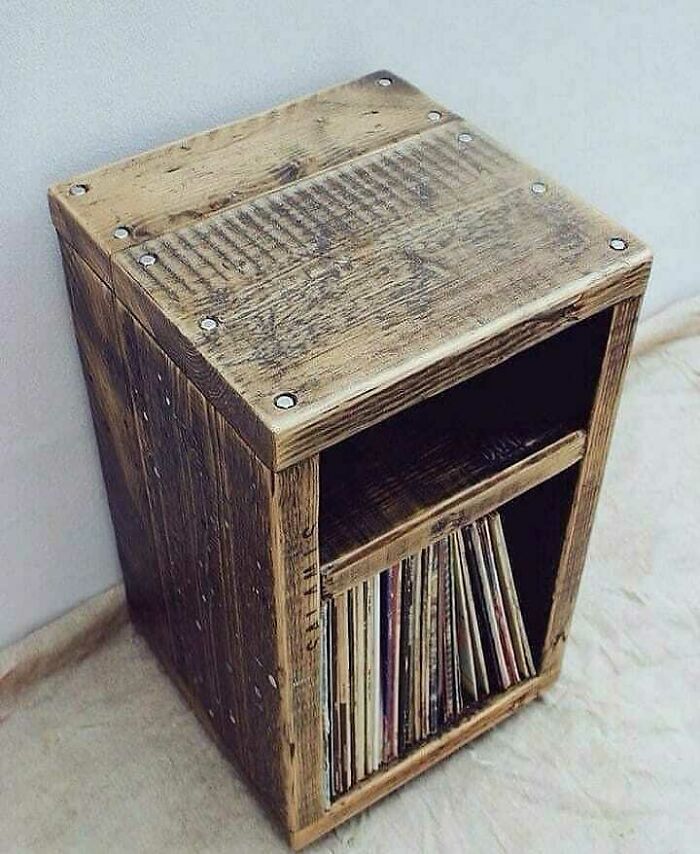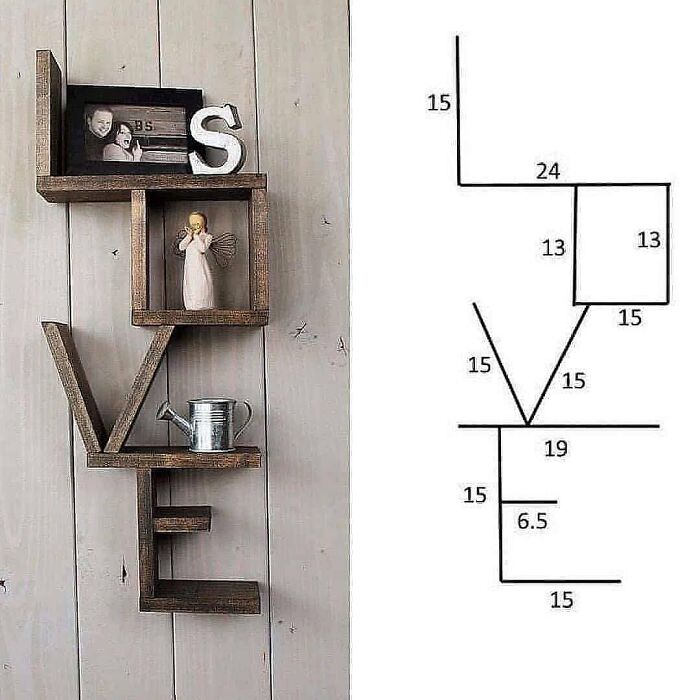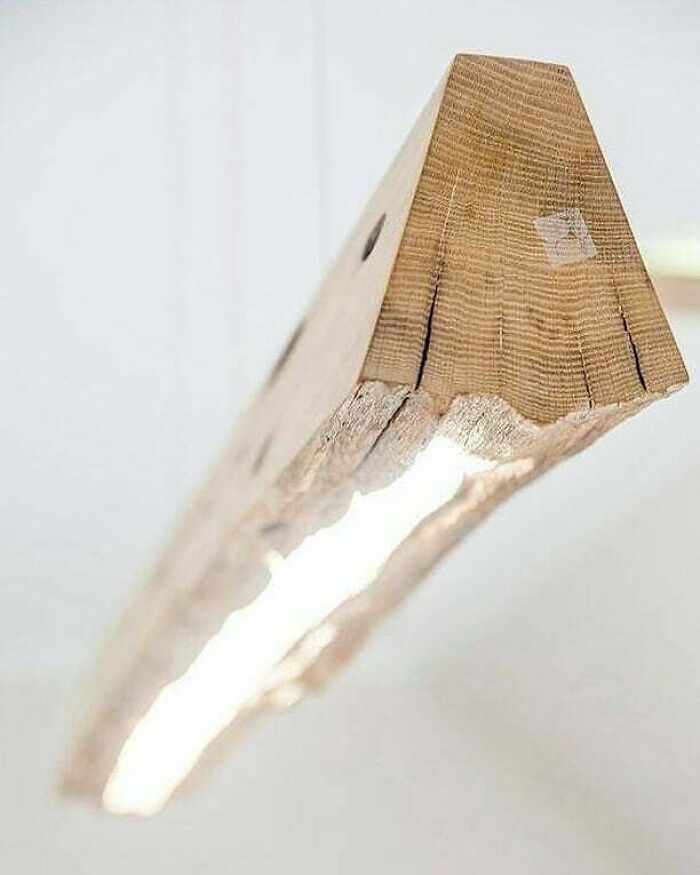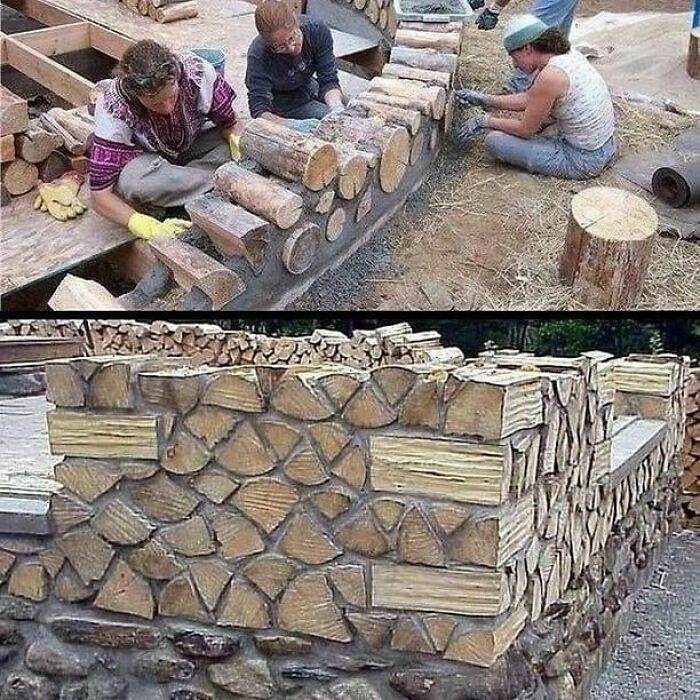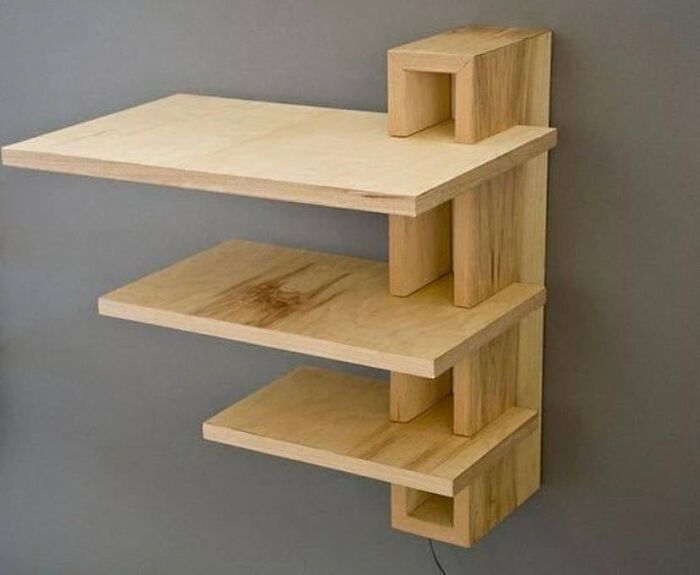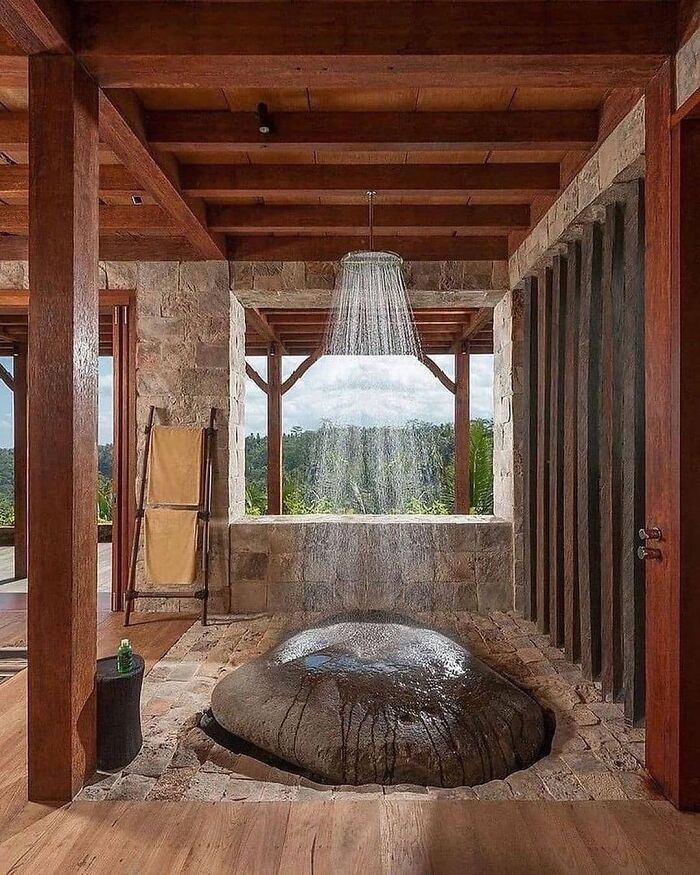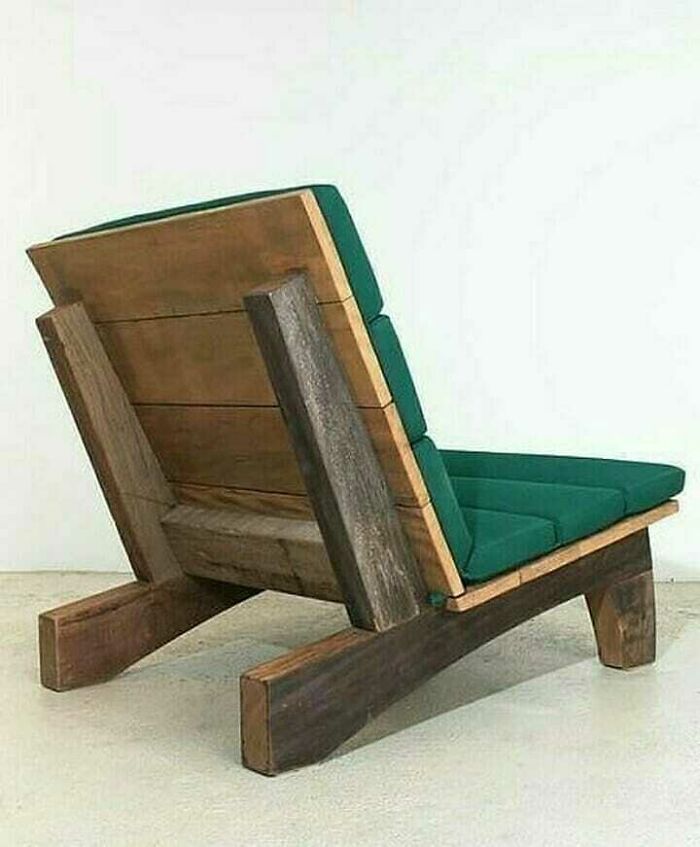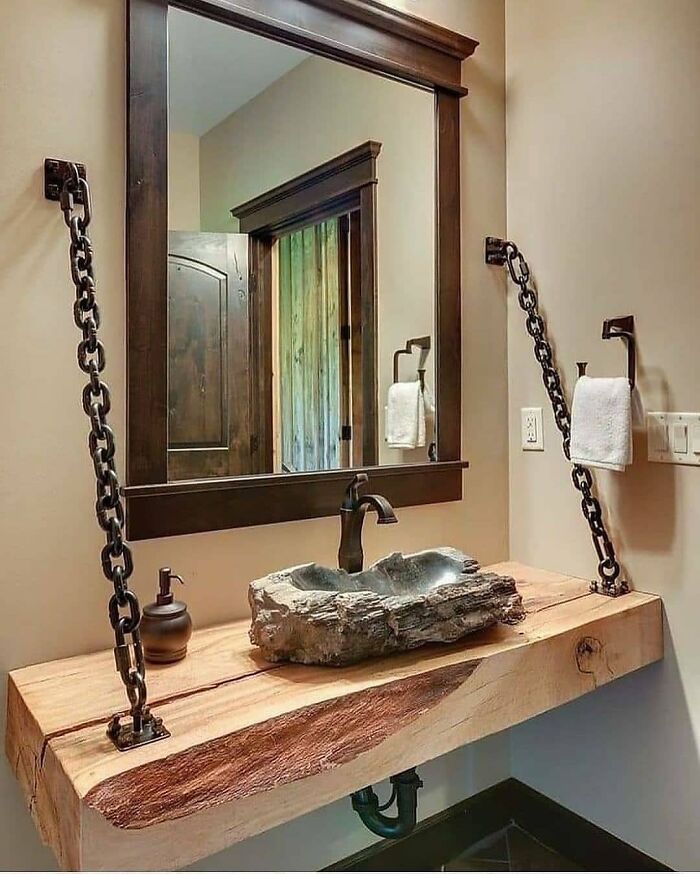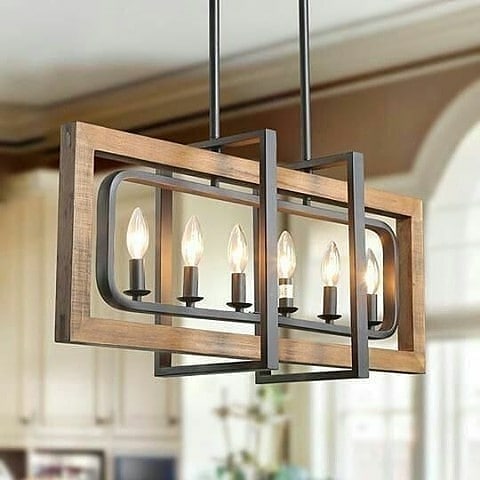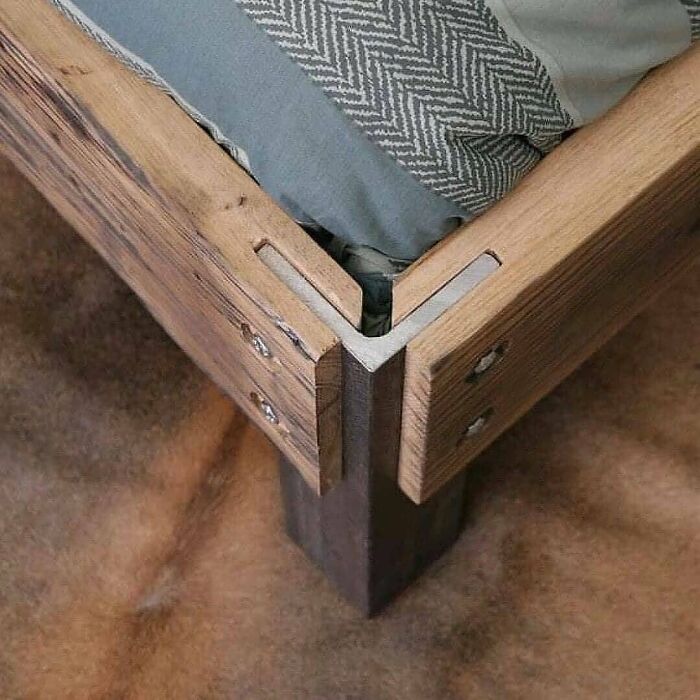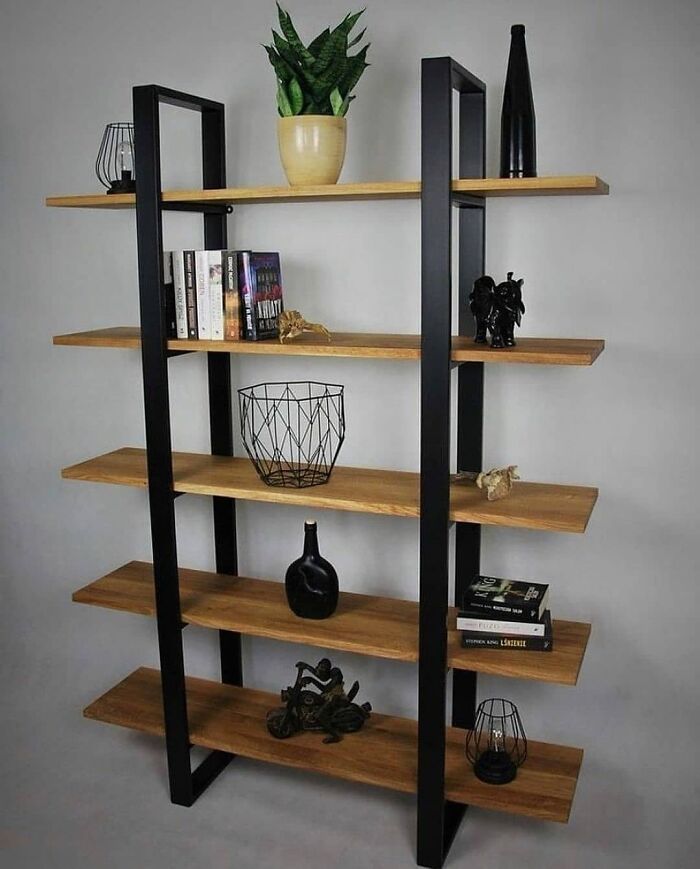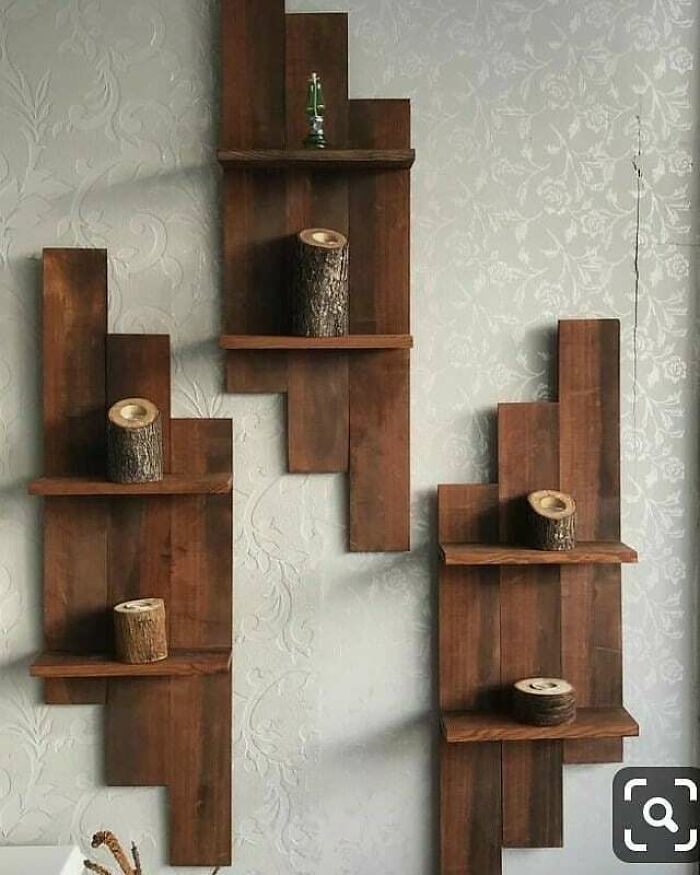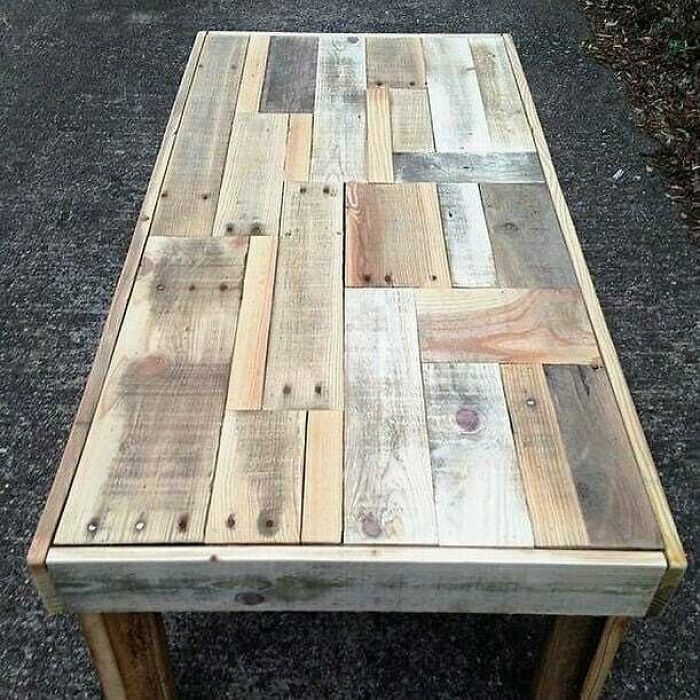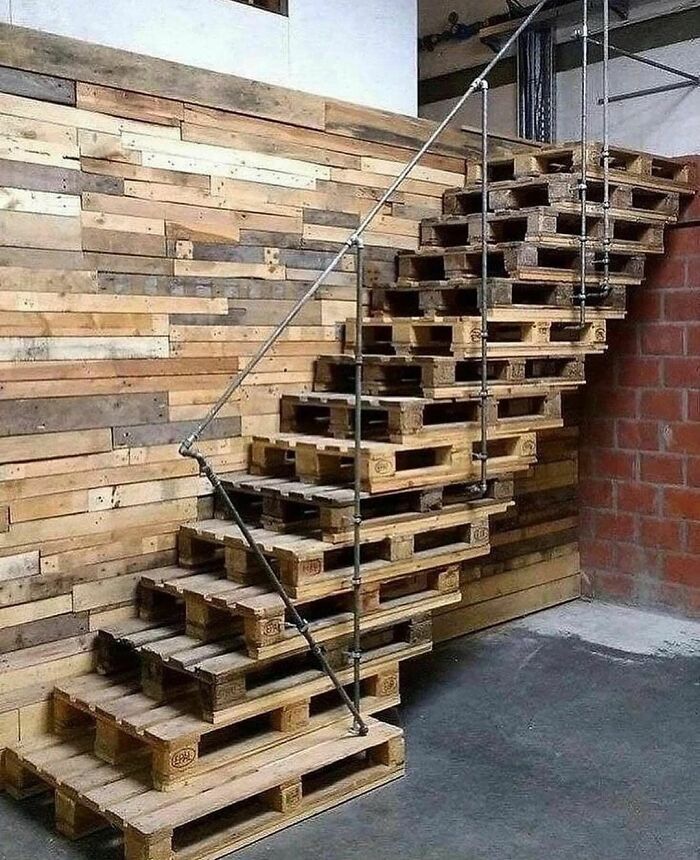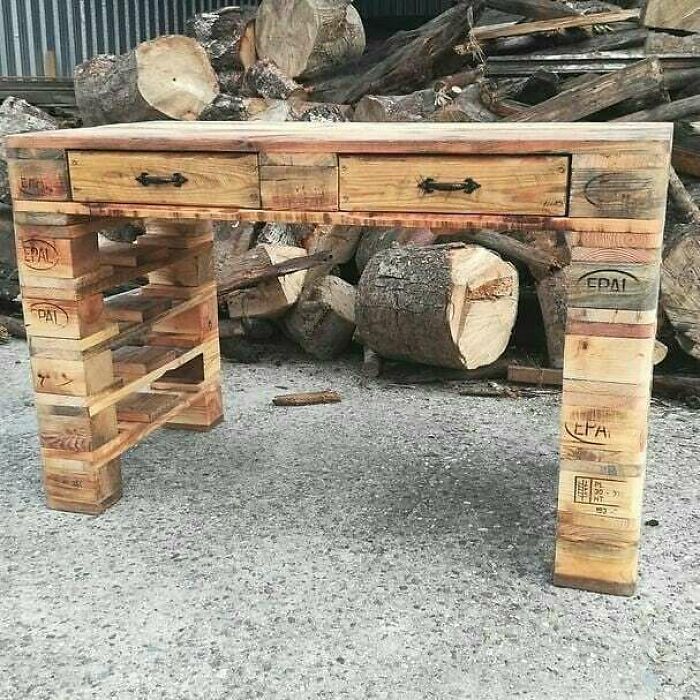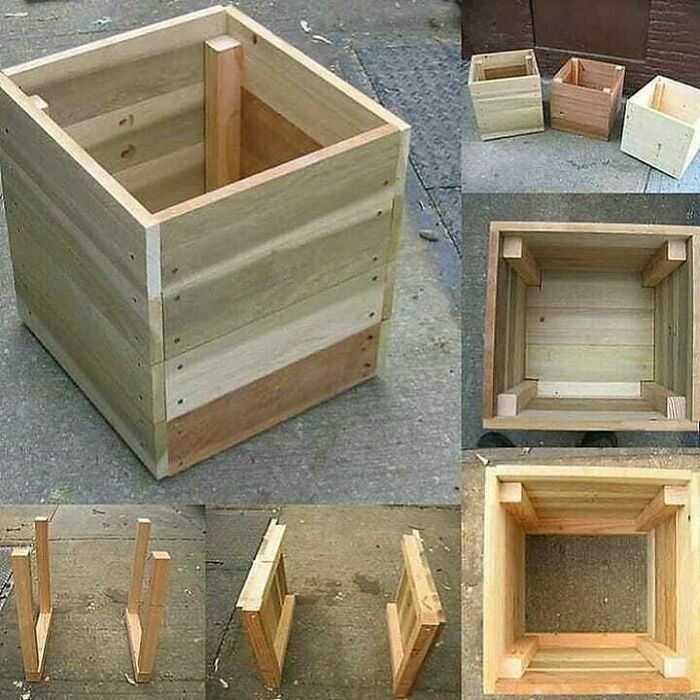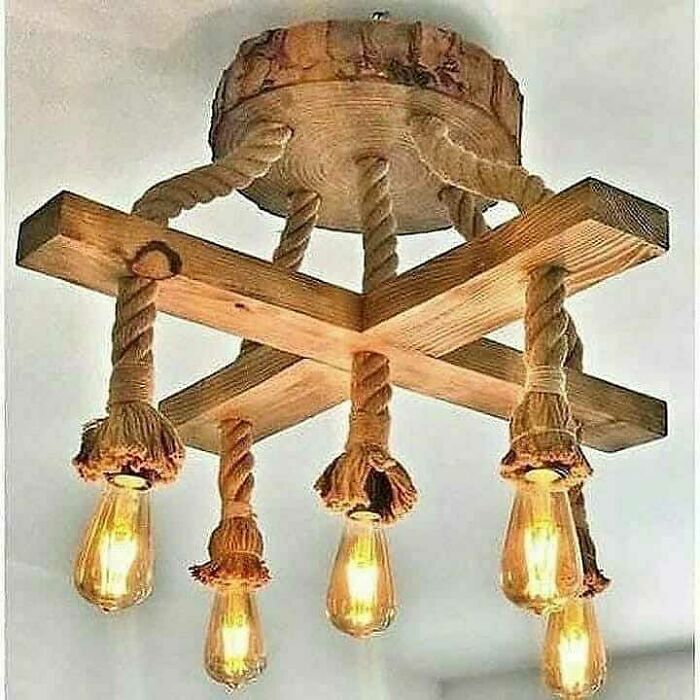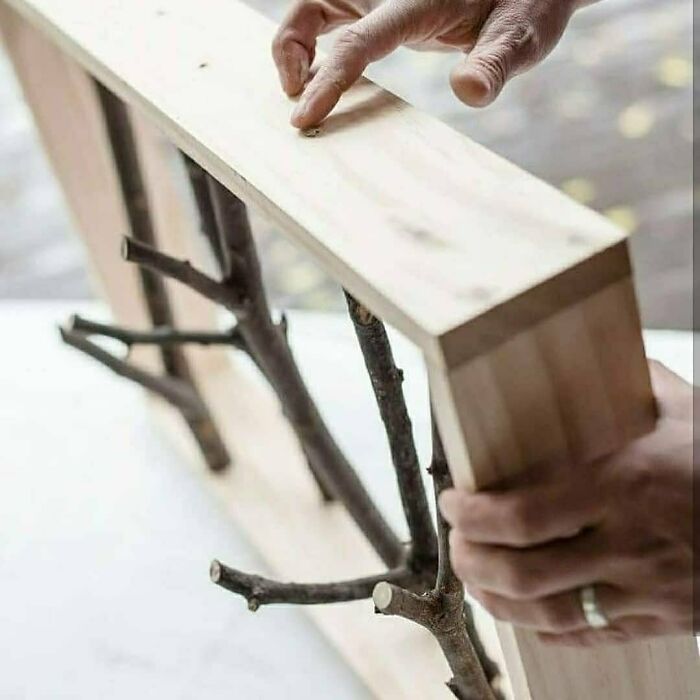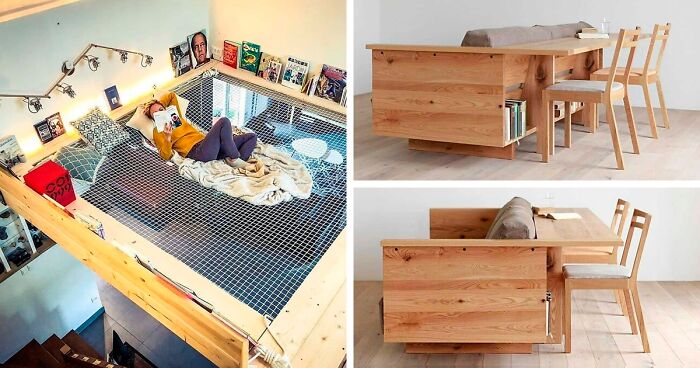
“I Love Woodworking”: 50 Times Woodworking Enthusiasts Took Their Projects To Another Level And Shared The Results In This Instagram Account
Some of our favorite smells include rain after a hot day, freshly cut grass, and fresh sawdust. We don’t know about you, Pandas, but these three really bring us back to our childhoods when our parents and grandparents would be working on their latest projects in the garage or the shed out back.
It sometimes feels like woodworking has fallen from grace in recent decades. Pretty much everyone knew at least a bit about working wood, but now it’s usually a skill that only builders and DIY professionals have. That’s a pity because you can craft some truly impressive buildings, furniture, and art out of wood. The kind of stuff that really makes you want to live out in the middle of the forest in a log cabin that you built with your own two hands.
We’ve collected some of the best woodworking projects, featured on the ‘I Love Woodworking’ Instagram page. Hopefully, these will inspire you to give the craft a chance… or pick the hobby back up if your tools are lying dusty and cobwebbed. Scroll down, upvote your fave pics, and let us know what you're working on at the moment. And beware of splinters!
Dr. Paul Bones, an Assistant Professor of Sociology at Texas Woman's University, who works with wood as a hobby, was kind enough to share his insights about the craft with Bored Panda. He gave some great advice for those of you who might be new to woodworking and revealed how he got into the hobby in the first place, as well as why he's so passionate about it.
"I love woodworking for many reasons. I’m a disabled academic, so having the ability to make something tangible, something I can see and hold helps keep me grounded. And relatively sane. I also like how there is so much to learn and so much to make. I started turning pens, then went into bottle stoppers, then bowls. Lately, I’ve been working with inlay rings and knives. It’s just a lot of fun learning new skills, applying them, and watching myself improve. It also gives me time to just sit with myself, disconnect from deadlines and emails, and be more present in the moment. That’s what keeps me glued to woodwork," Dr. Bones opened up to us. Scroll down for our full interview with the professor. Meanwhile, you can find his handmade wood items on Etsy.
This post may include affiliate links.
This is so perfect for those upstairs rooms along the roof line! Amazing!!
In Dr. Bones' opinion, it's patience and adaptability that are the most important things when it comes to working with wood. "Woodworking is a skill you have to hone; no one starts out as a master craftsperson. Also remember there are so many types of woodworking: woodturning, furniture building, carving, knife making, ring making, box making, etc. It may take a while to find the type of craft you like," he explained to Bored Panda that it can take a while for hobbyists to get to grips with the craft and to figure out what exactly they love doing most.
The woodworker suggested that anyone wanting to get into the craft start off with some YouTube how-to videos. "While you’re watching, think about what kinds of craft work with your temperament and existing skills. For example, I do not have the patience for hand carving or furniture making. But turning small items like pens, rings, bottle stoppers, and bowls? Those are fast enough projects where I can have a finished item in no time, and there’s enough variety that I won’t get bored," he said that we have to honestly evaluate our character, not just pick what projects look nice.
"There’s an old adage that a poor craftsman blames his tools, and that’s mostly true. Woodworking tools can be very expensive, and in some cases, price does equal quality. However, there are a lot of garages and shops full of topline equipment that can only produce mediocre items. Having the right tool for the job is really all that matters. Once you have experience with it, you’ll know when it’s time to upgrade. That’s a skill too," Dr. Bones told Bored Panda that the skill of the craftsman is more important than starting off with top-of-the-line tools.
The professor also revealed how he began working with wood in the first place. "I started woodworking after a couple of cross-country moves for work. I needed a table and a desk. I didn’t have a lot of money at the time. I had worked in a furniture shop for six years prior to going to grad school, so I had practical experience putting items together," he shared.
"A trip home for a funeral introduced me to life-edge wood, and after playing with it for a while, I was hooked. I didn’t have the room (or the patience) to build furniture all the time though, so a friend suggested a lathe to me. After making like 50 pens, my wife demanded we start trying to sell what I make."
The ‘I Love Woodworking’ page has 118k followers on Instagram, and the pics shared by the page really show just how versatile of a building material it really is. Of course, when you’re a master craftsperson (and have the patience and scars to prove it!), creating such awesome designs is simply a question of time, not skill.
We also firmly believe that even though having the right tools for the job is important, they’re not what truly matters. Imagination, perseverance, grit—these are what help you create wooden heirlooms. No matter if you’re using a hammer handed down to you by your grandpa or a super expensive one made out of some high-tech titanium alloy. Tools are important. But they’re not all that’s important.
Now, most of us might not be master woodworkers here (though we know someone who’s building a Viking boat in secret), but we’ve picked up a few tips and tricks along the way. And yes, some of the knowledge was hard-fought.
One of the first things that we learned in the workshop was that you should always sand wood along the grain if you want the end result to look smooth. Moreover, pick the type of sandpaper that’s right for the job: coarser for the start, finer for the finishing touches. Of course, you can always change the angle at which you sand to get different effects.
Something else that we learned is to always be super focused when we’re hammering nails. There’s a lot of pressure here not to end up like some cartoon character with a throbbing thumb. So you’ve got to be careful yet decisive, firm yet flexible. There’s a lot of philosophical wisdom running through our minds when our hands are in danger.
This is pretty! Is this for exercise or just for decoration? Sorry, I never work out so I'm really dumb about anything that isn't Pringles or procrastinating. 😅 -
At some point, you’re going to get a splinter. When working with wood, splinters are always a question of ‘when,’ never ‘when.’ Though we’ve had some really bad ones, honestly, splinters aren’t as bad as they look in movies and TV shows. You have to remember not to panic.
If you painted a line down the middle, it would complete the Deathly Hallows.
Get some tweezers or a needle, sterilize them, and gently pull or push the splinter to remove it. Just remember not to squeeze out a splinter because you might break it up. When you’re done, clean up the wound. If you’re unsuccessful or something unexpected happens, don’t be shy and reach out for help. A friendly neighbor or your local doctor might be able to help you.
According to the Hardwood Distrubutor’s Association, one way to boost your efficiency when working with wood is to keep a clean and orderly workspace. Sure, cluttered workstations have a certain amount of charm to them, but all the chaos can be a hindrance if you’re working on a project.
“Achieving efficiency in your shop can sometimes be as simple as clearing clutter from your work area. A disorderly work area can hinder your productivity. Only keep out items that you use daily. Everything else should be put in designated areas so they’re quickly retrievable when needed,” they suggest.
That would be scary....I would need to be confident of its strength rating before I could even begin to relax, let alone worry about dropping the remote control
The HDA also reminds woodworkers to install proper lighting in their workshops. Painting the walls and ceiling white can also help diffuse the light and reduce the number of shadows. That way, you’ll be chiseling and hammering away in a much safer environment. It’s easier to avoid accidents when you can see every piece of wood, all the machinery, and every tool.
And speaking of tools… remember to take care of them. They deserve to stay sharp and oiled-up so you can show off your skills to the fullest.
I can just see me stubbing my toe in the middle of the night (or maybe day).
Perfect for a ferrier. So many things they have to do as they go from farm to farm, they'd know where their shoeing tools, chems, measuring instruments, etc.... A travelling horse vet gets paid per job, so the more streamlined it is, the better. Mine has something like this in a RAVÉ
Everytime I see something like this I think about all the spiders and all the other creepy things that could hide in there
I can't imagine rocking every time I need to roll over. But cool concept.
HELP MY PLANT MOM INSTINCTS ARE KICKING IN! MUST BUY EVEN THOUGH I AM IN DEBT!!
There is a nice amount of ground floor space at the rear. As to why it dosnt have internal stairs to the 1st floor - its because - if you have ever have had to fit stairs to a limited space - its a nightmare. They take up an enooooormous amount of costly room.
My cats would love this so I'd never be able to put anything on the shelves
Maybe I could finally get work done here! Who am I kidding. I won’t. Anyway, wow that is an amazing desk!
I have one like this, and it is incredibly comfy! In mine, it's perfect for sinking into!
Its a floating table where each of the chains are under a lot of tension and pulling in different directions. Its easier to understand if we take each of the chains indivdually. The key is the short middle chain which bears the weight of the table and stops it from falling to the ground. However the table can still tip forwards or backwards. The chains on either side prevent this - the chain at the back stops the table tipping forwards and the chain at the front stops the table from tipping backwards. The chains are tightened to the point the tension forces are directed perpendicularly up and down and balanced. This balance of forces also stops the table from tipping sideways.
Perfect for the bathroom and you could make smaller ones for hand towels and wash clothes.
So I'm supposed to stand on a rock every time I need a shower? I would fall every time.
I have one if these. It leans back though to make a futon bed. Kind of skinny but un a pinch works very well!
this is pleasant. there are many incorporating this shape/designs with the similar wood and metal on this BP listing. Simple and nice design
This is not a good joint at all esp for something as heavy as a bed, the stress on that bit of timber between the bolt and end of the board will split and fail pretty quickly.
Very hard to get a design for these knick knack shelf things to work, either the woods to thick for the shape or it just looks like a lump - this works
Things gained from this post: 1. People can do amazing things with woodwork. 2. People can create things that are both functional and aesthetically pleasing. 3. I need a cabin in the woods.
not to be a birch, but i think this post wood have been a whittle better if BP vetted the entries more cl(oak)sely. (there were only like three where the woodwork wasn't the impressive thing, i just wanted an opportunity to make puns)
Things gained from this post: 1. People can do amazing things with woodwork. 2. People can create things that are both functional and aesthetically pleasing. 3. I need a cabin in the woods.
not to be a birch, but i think this post wood have been a whittle better if BP vetted the entries more cl(oak)sely. (there were only like three where the woodwork wasn't the impressive thing, i just wanted an opportunity to make puns)

 Dark Mode
Dark Mode 

 No fees, cancel anytime
No fees, cancel anytime 









